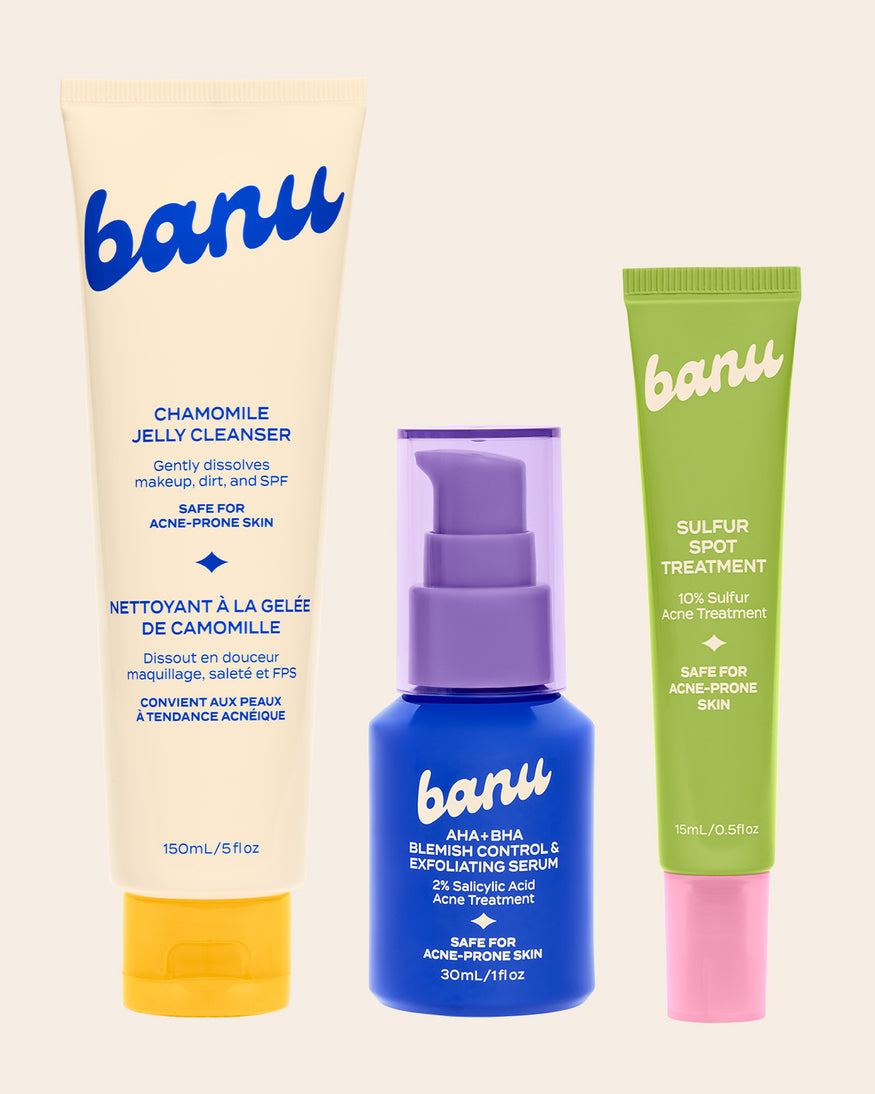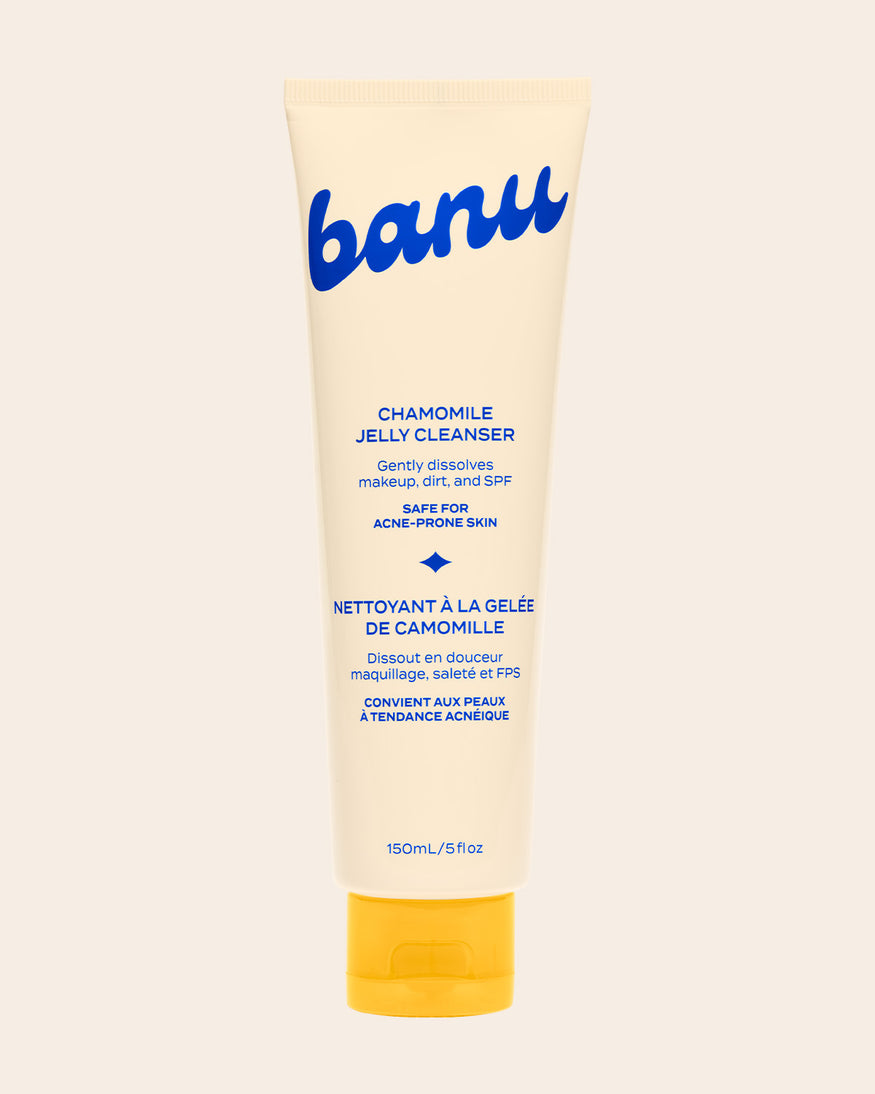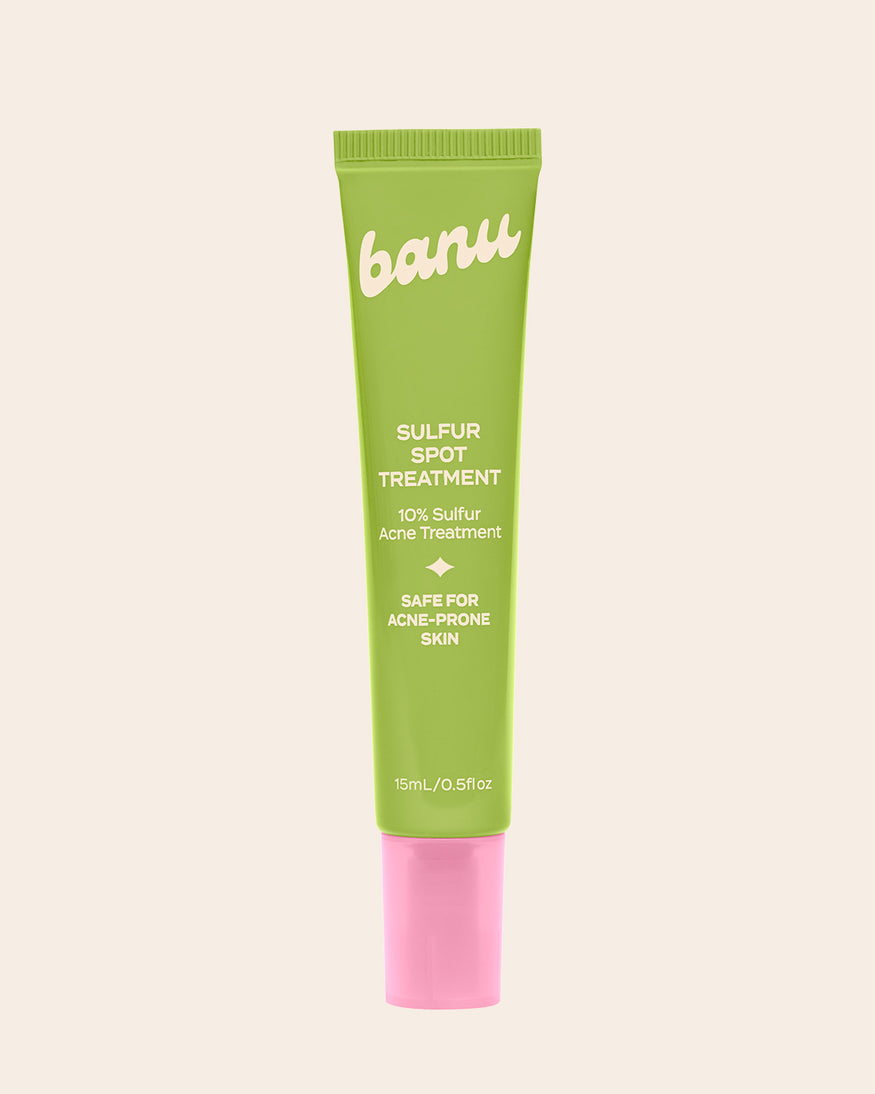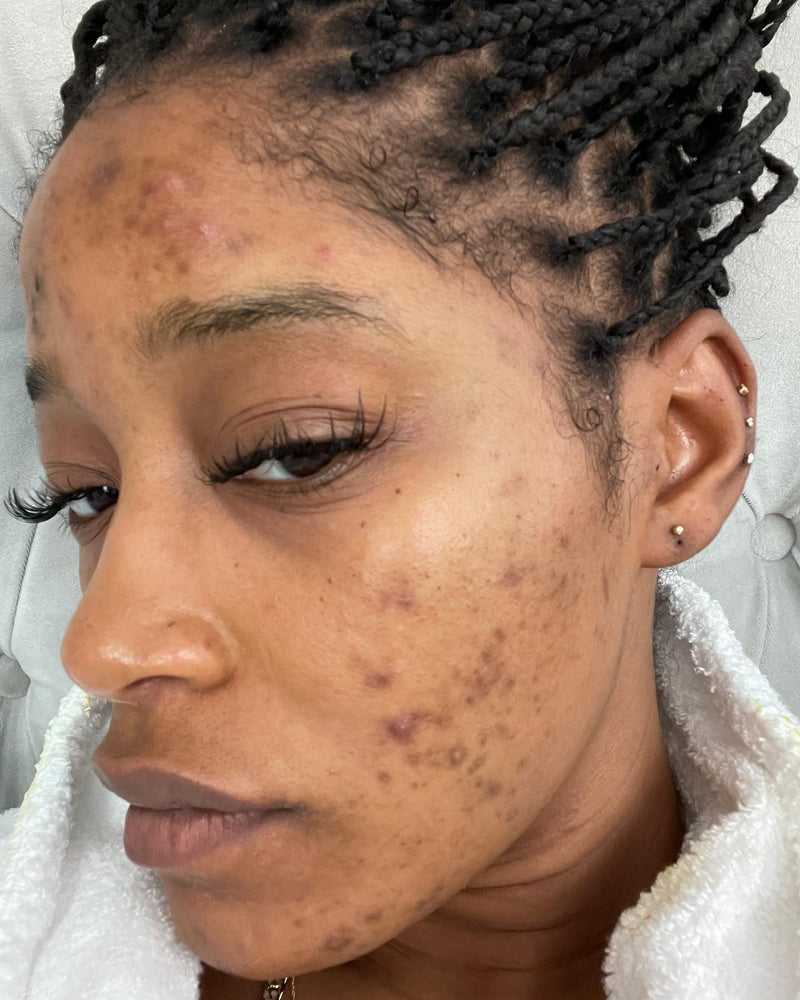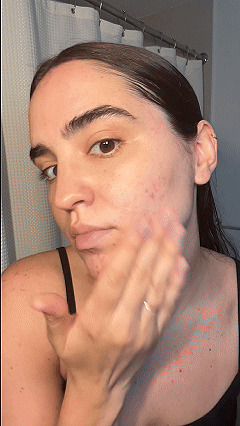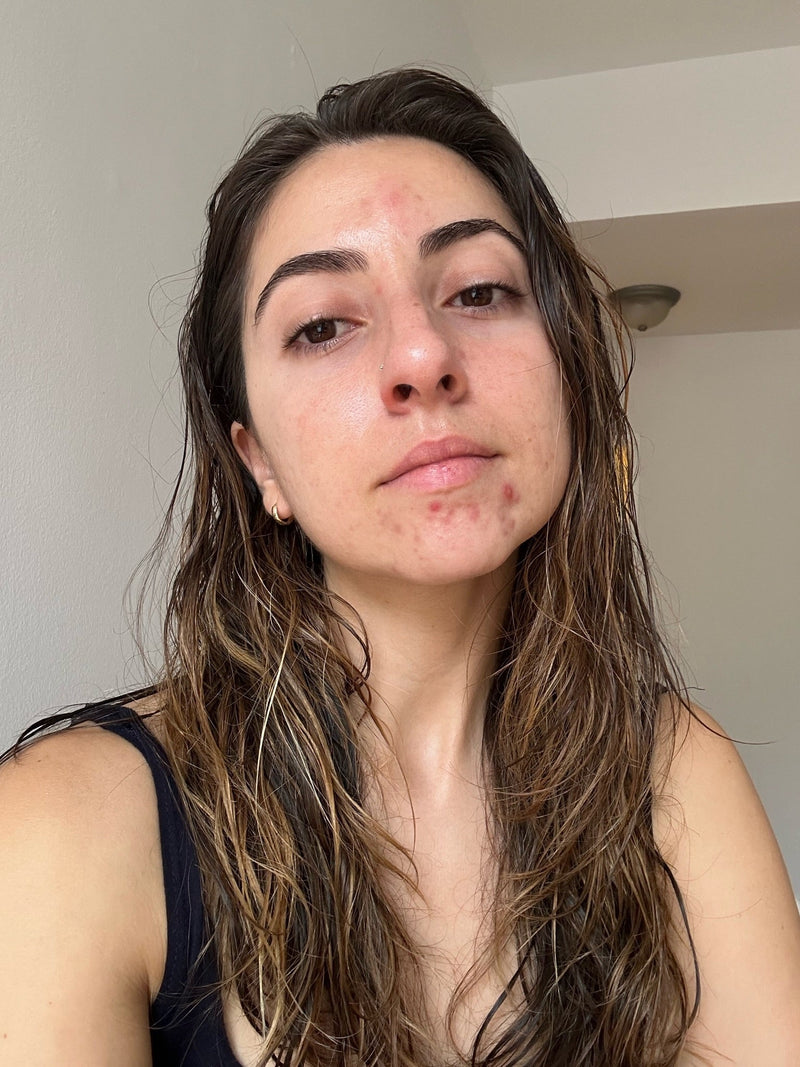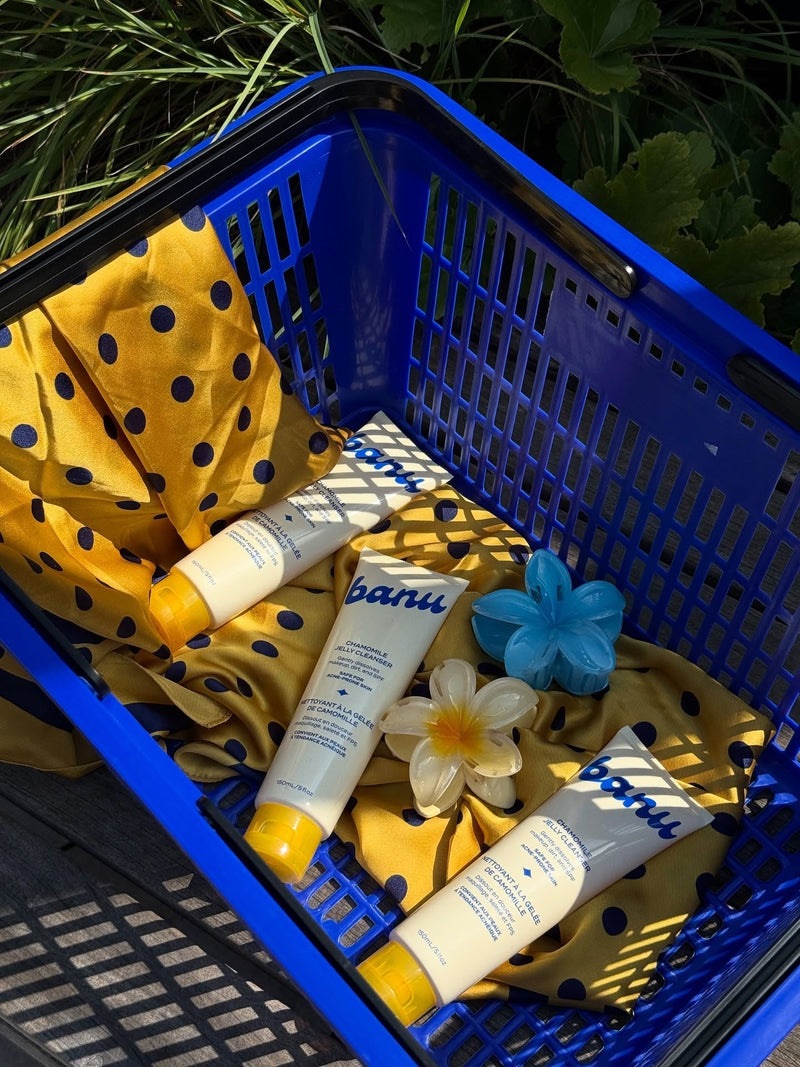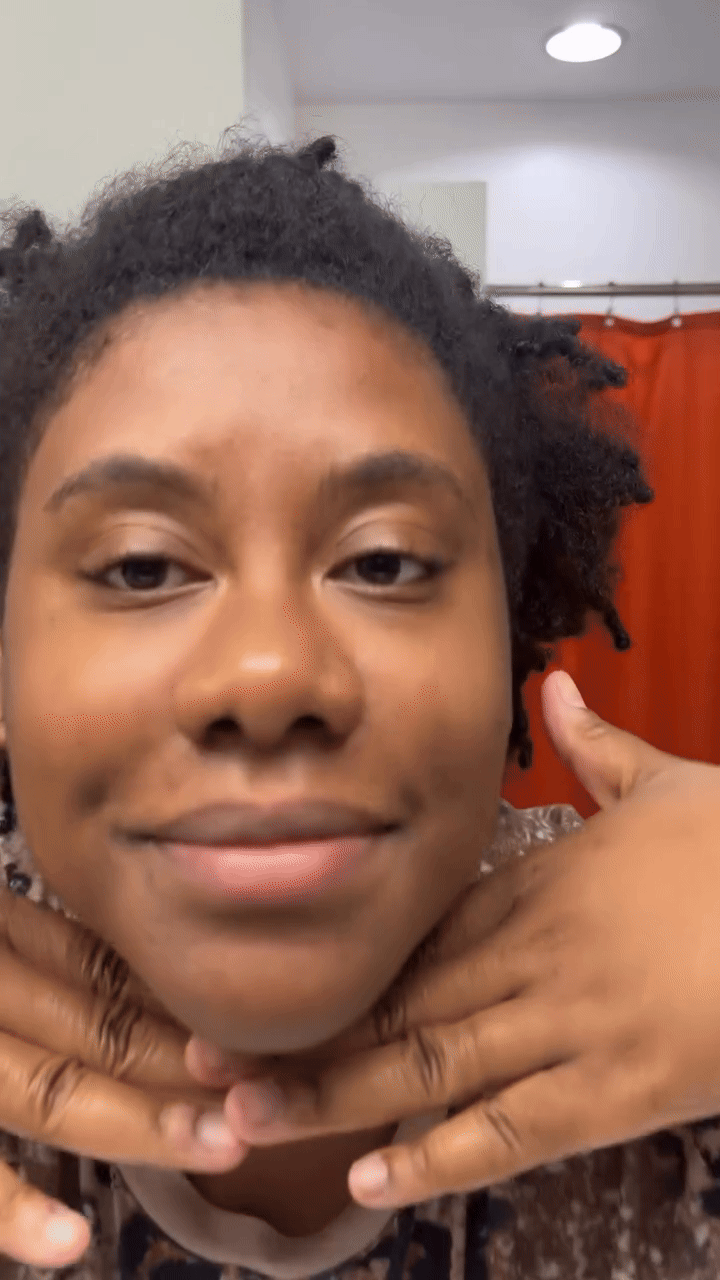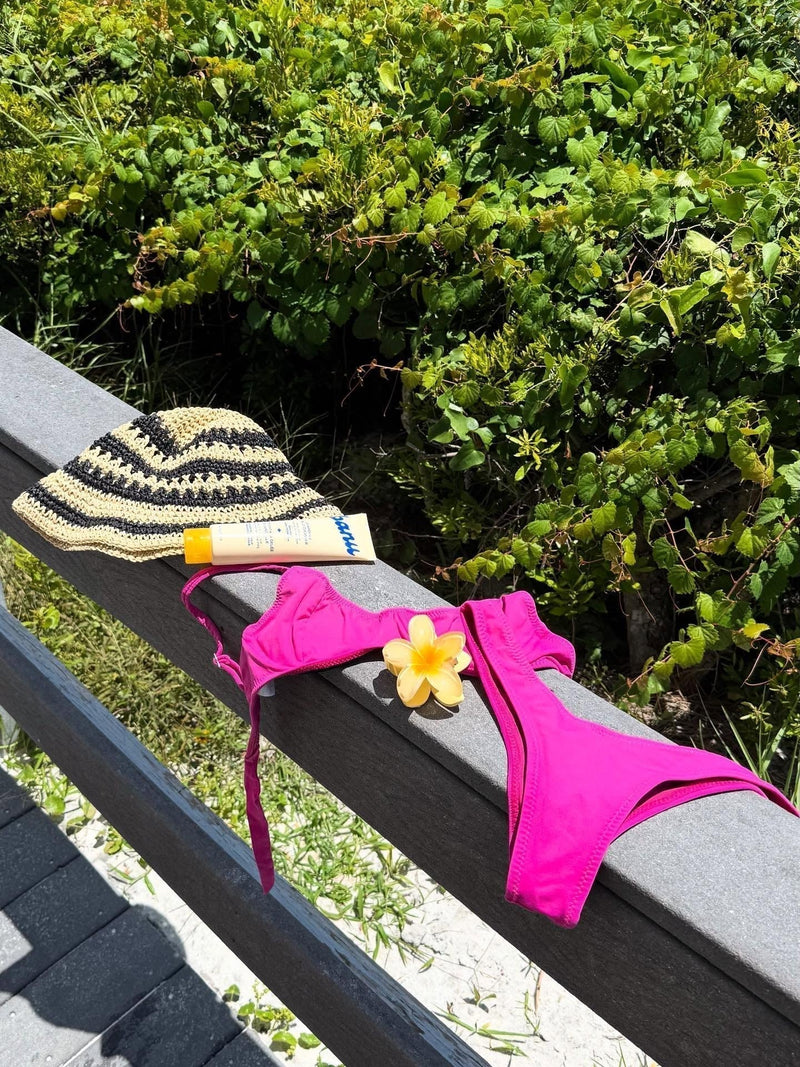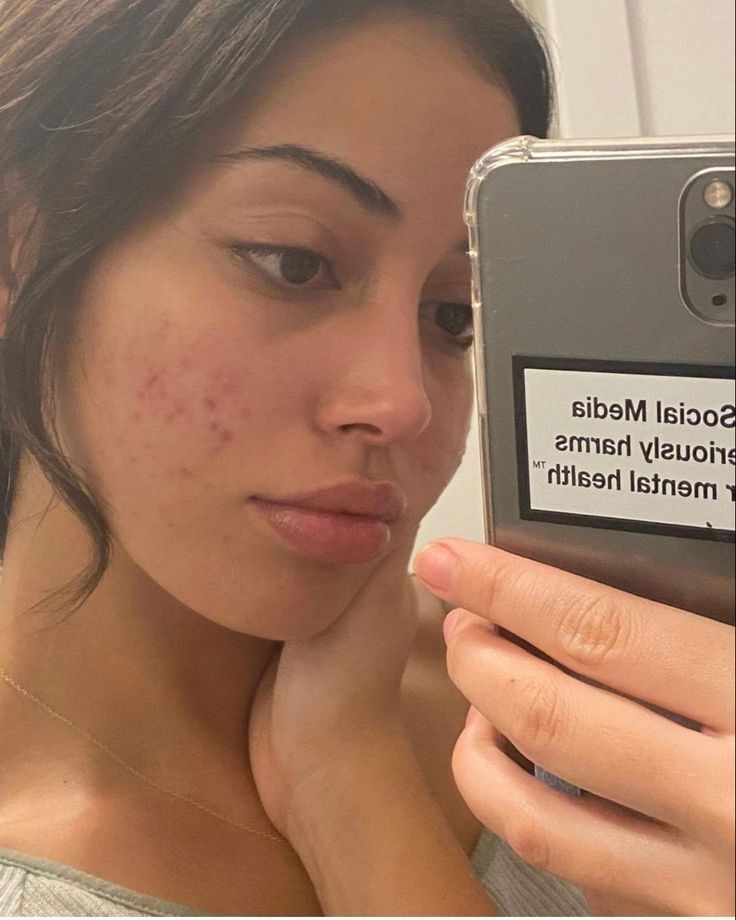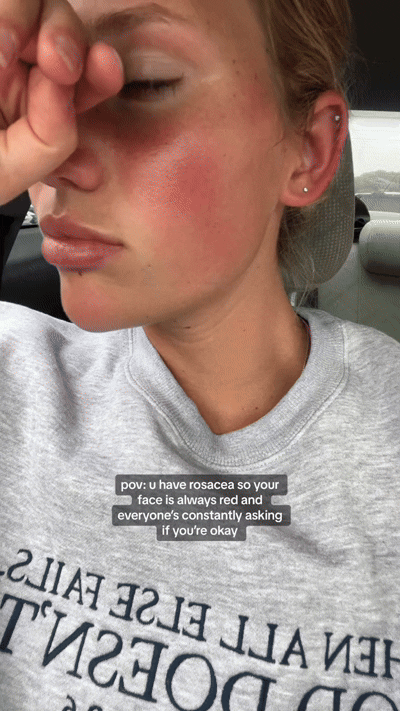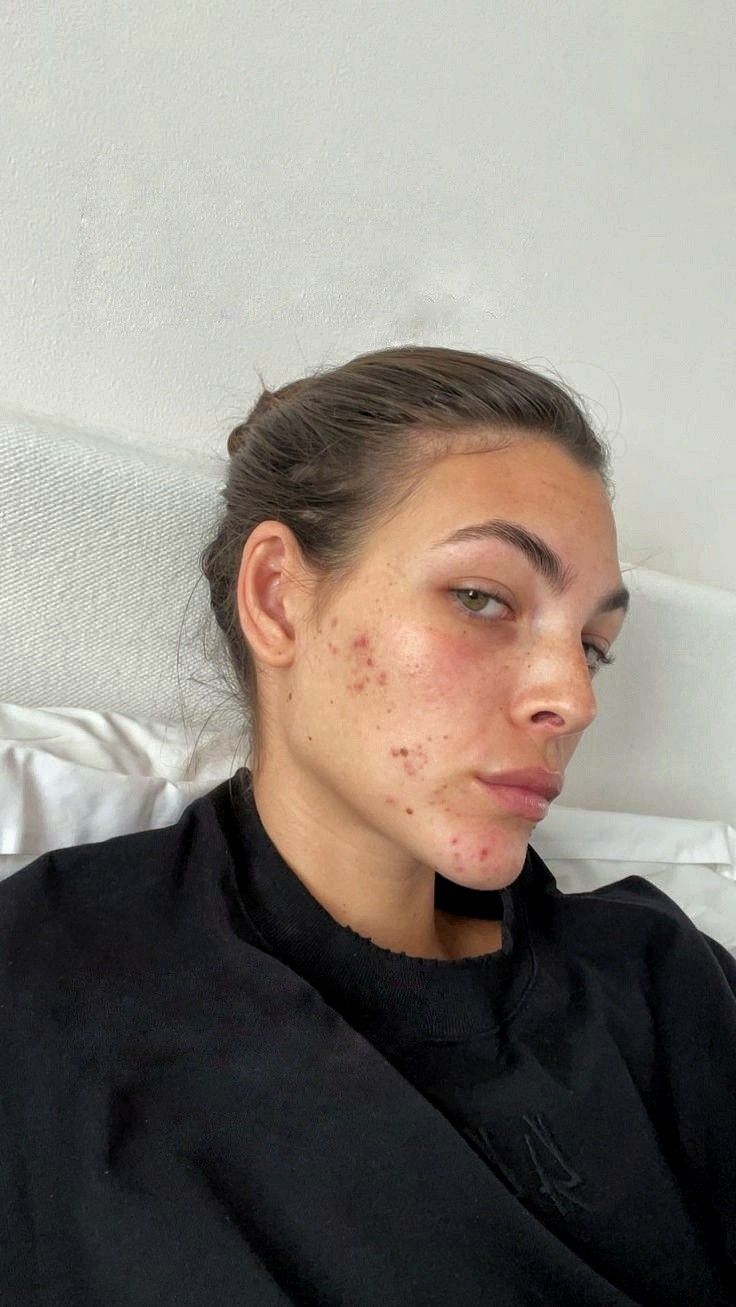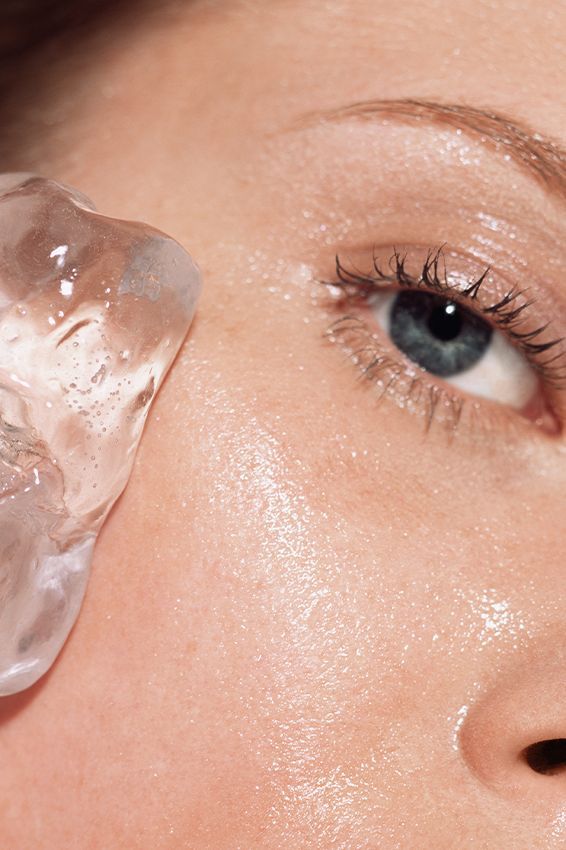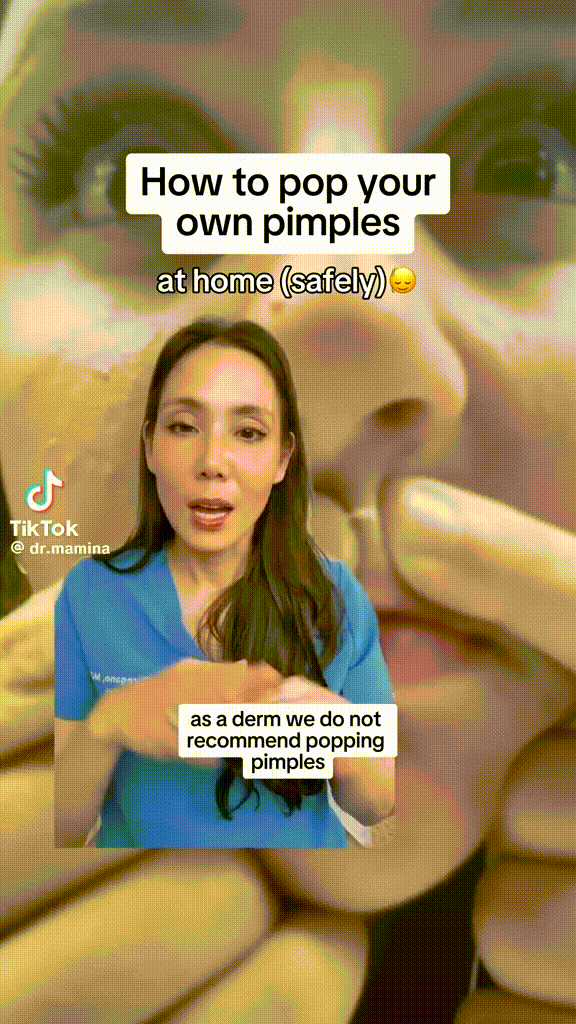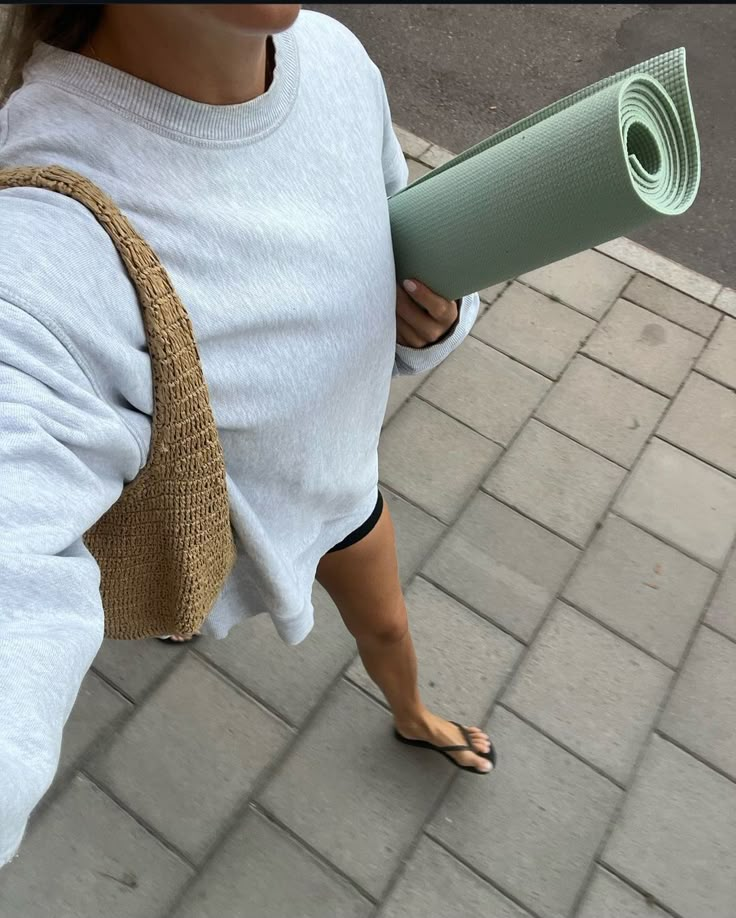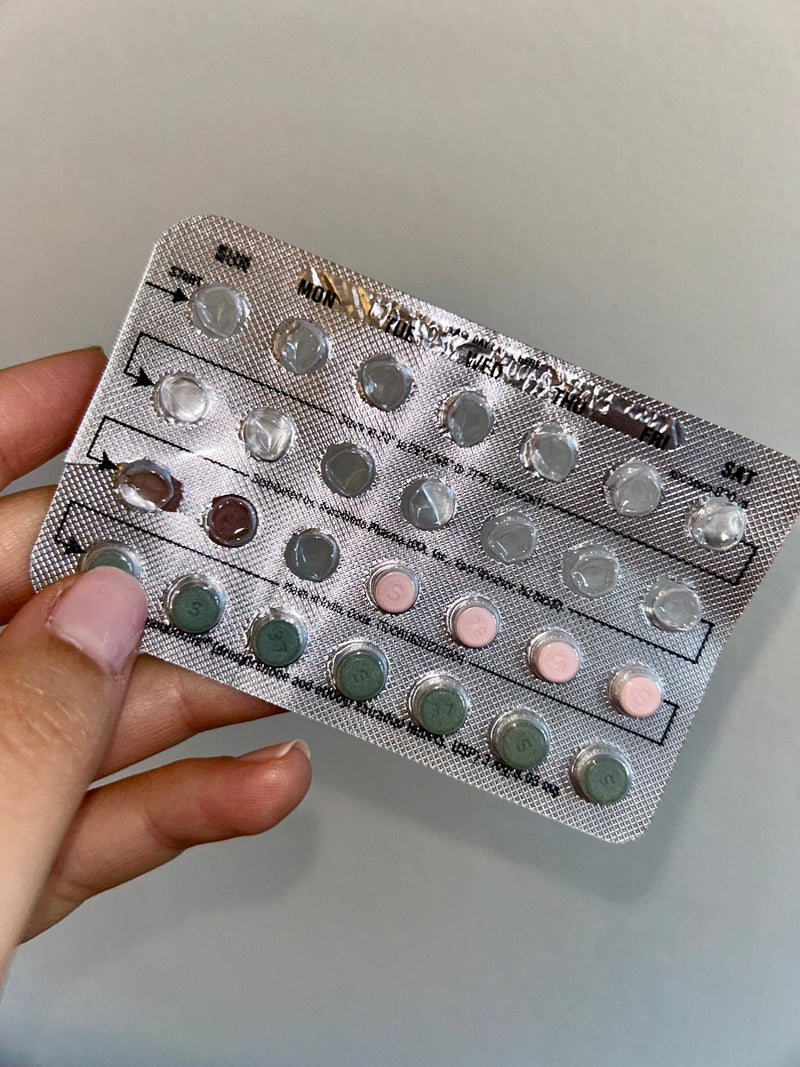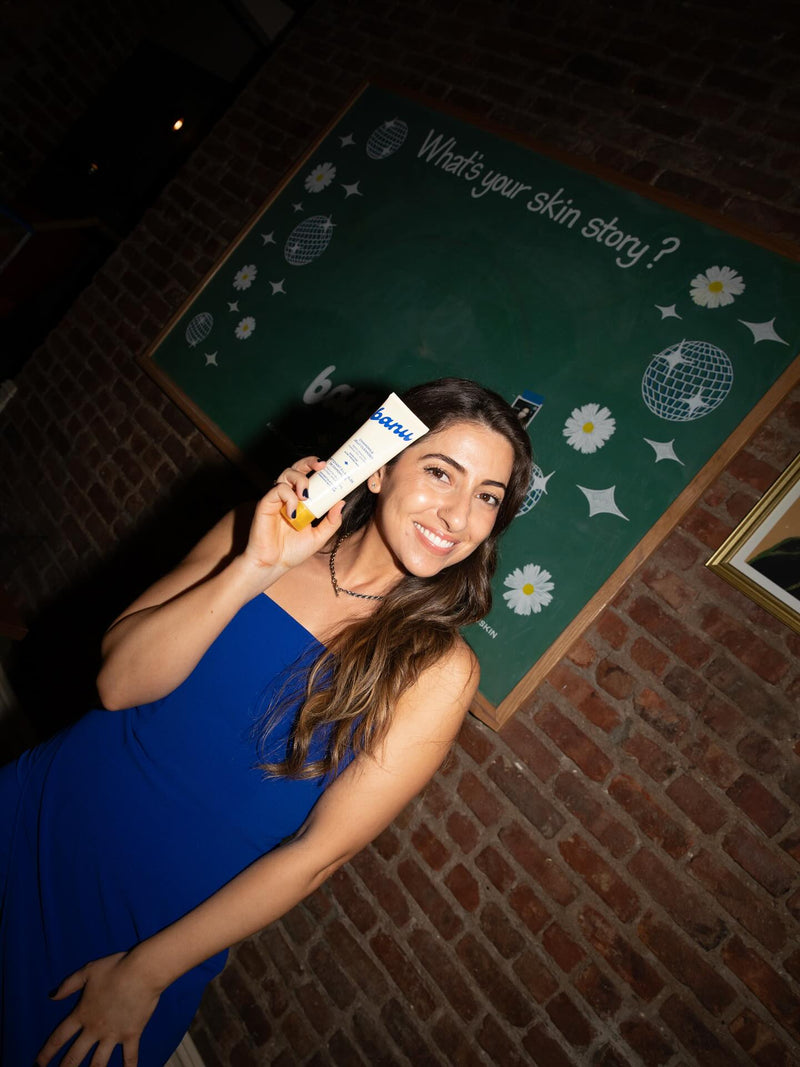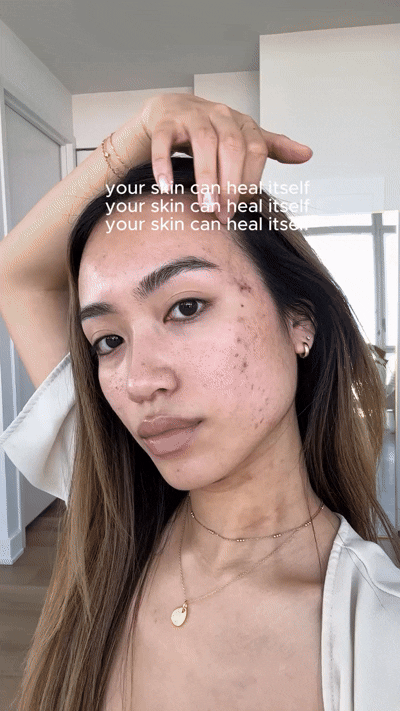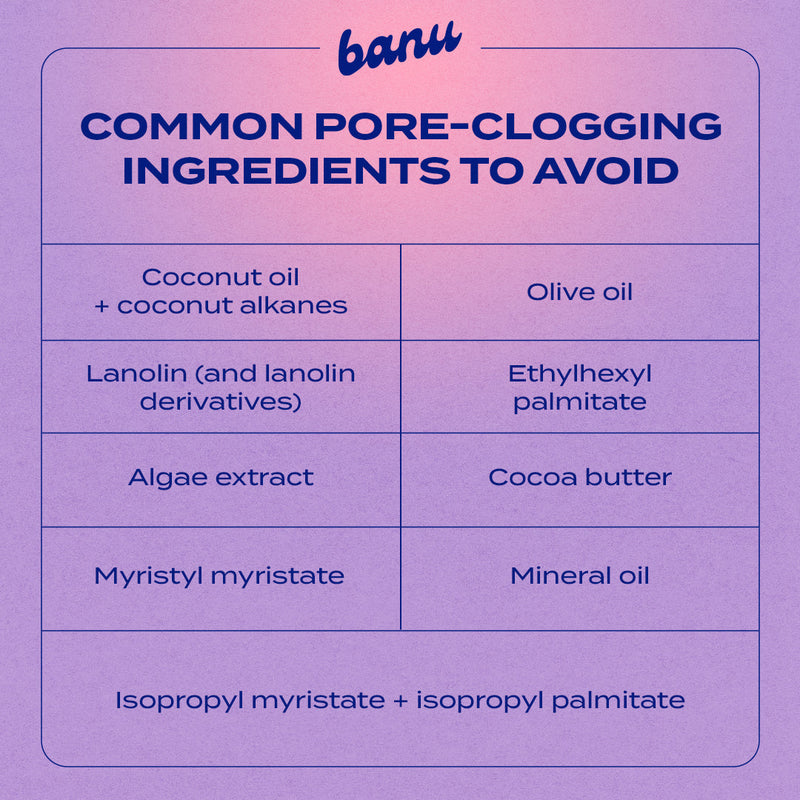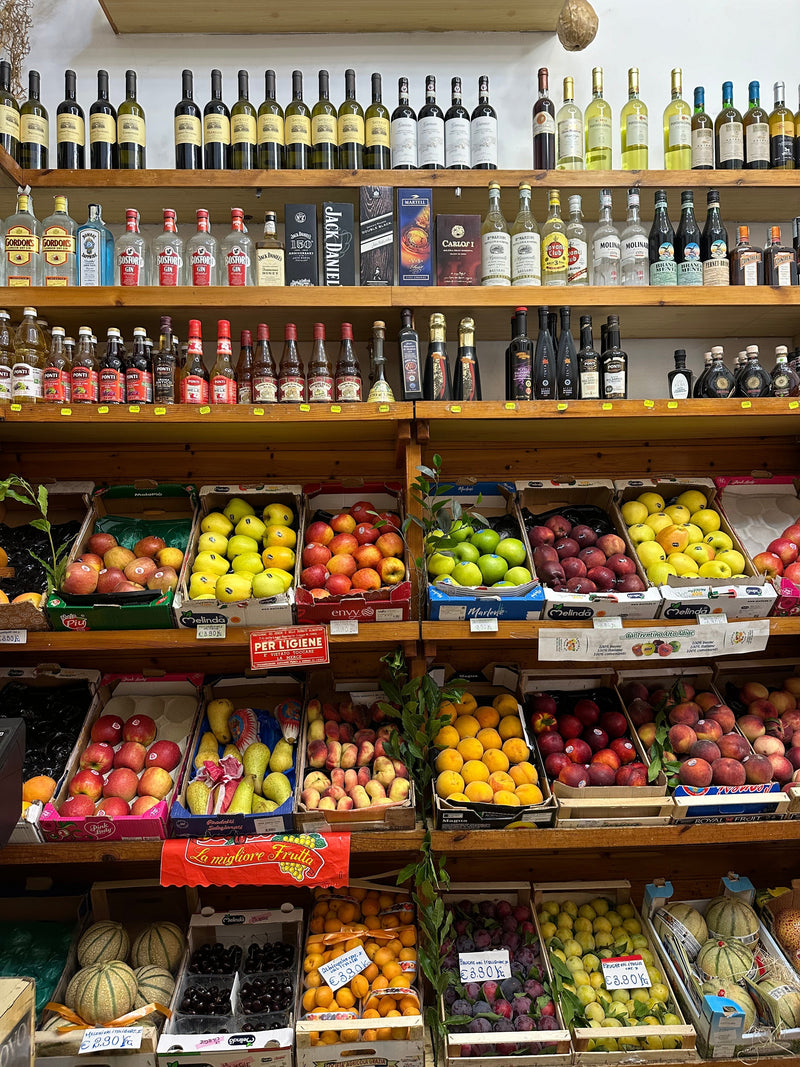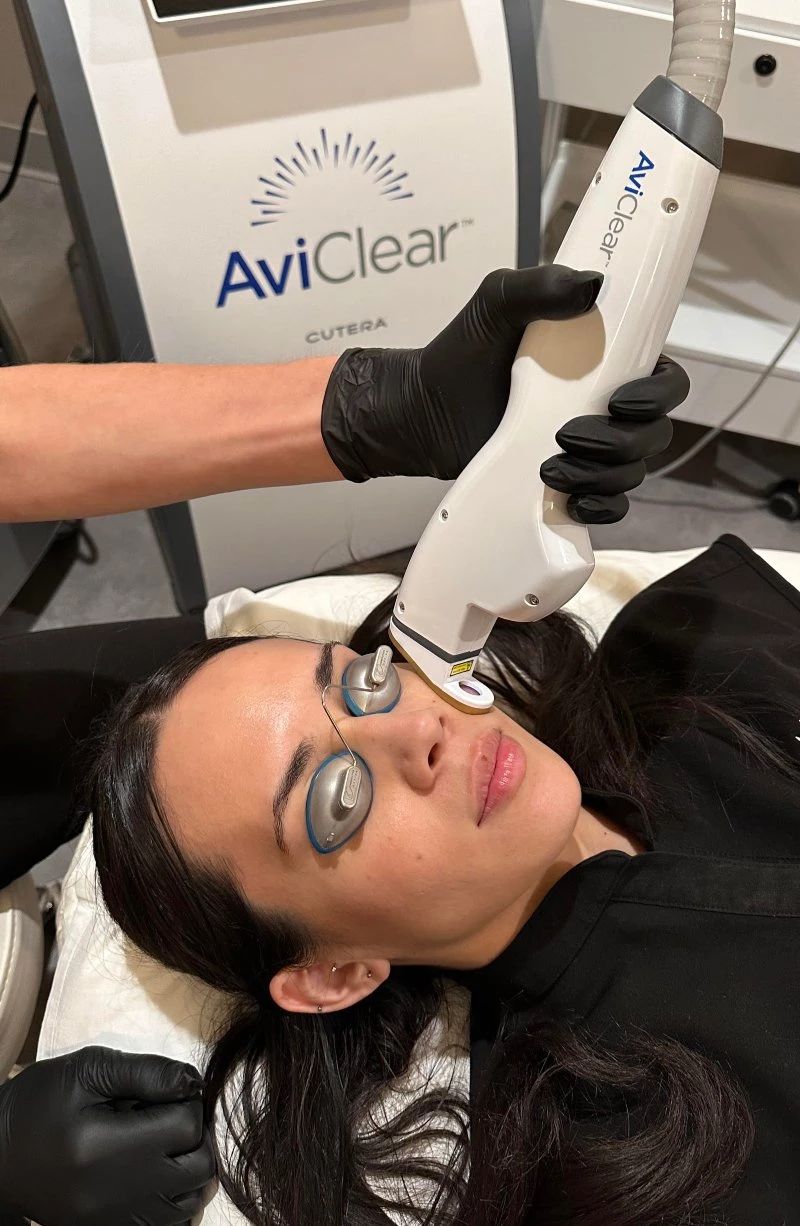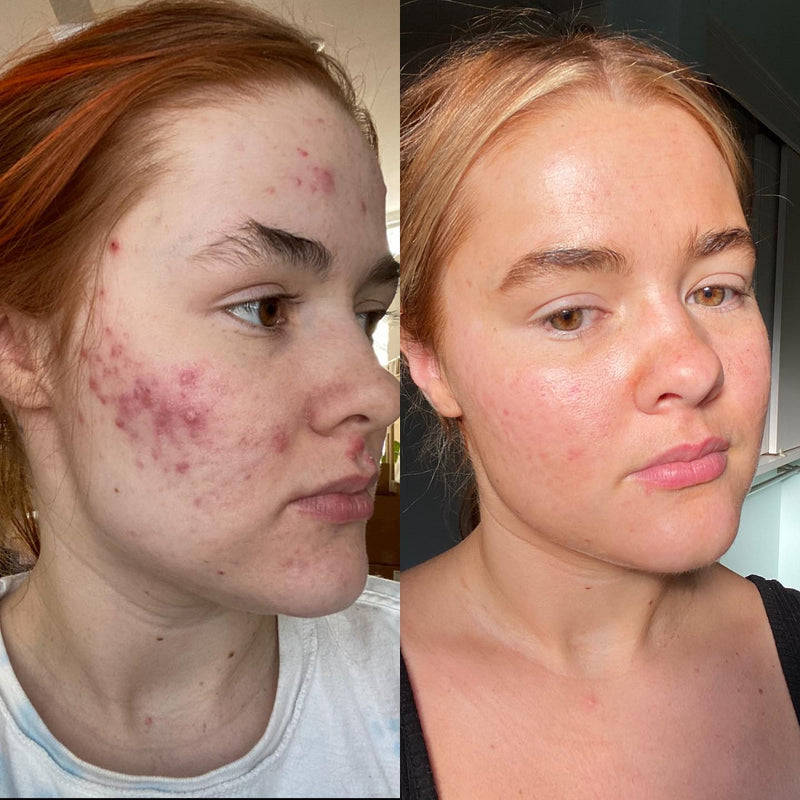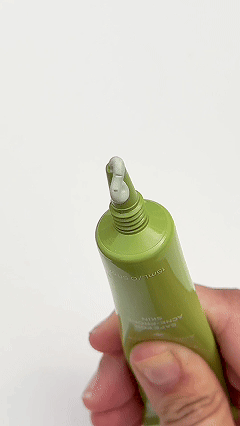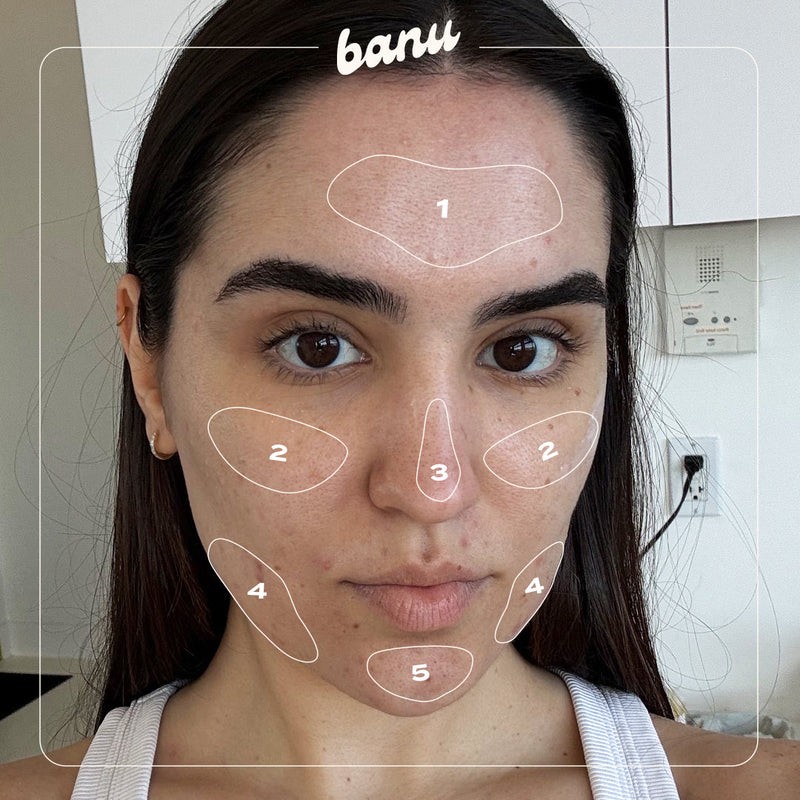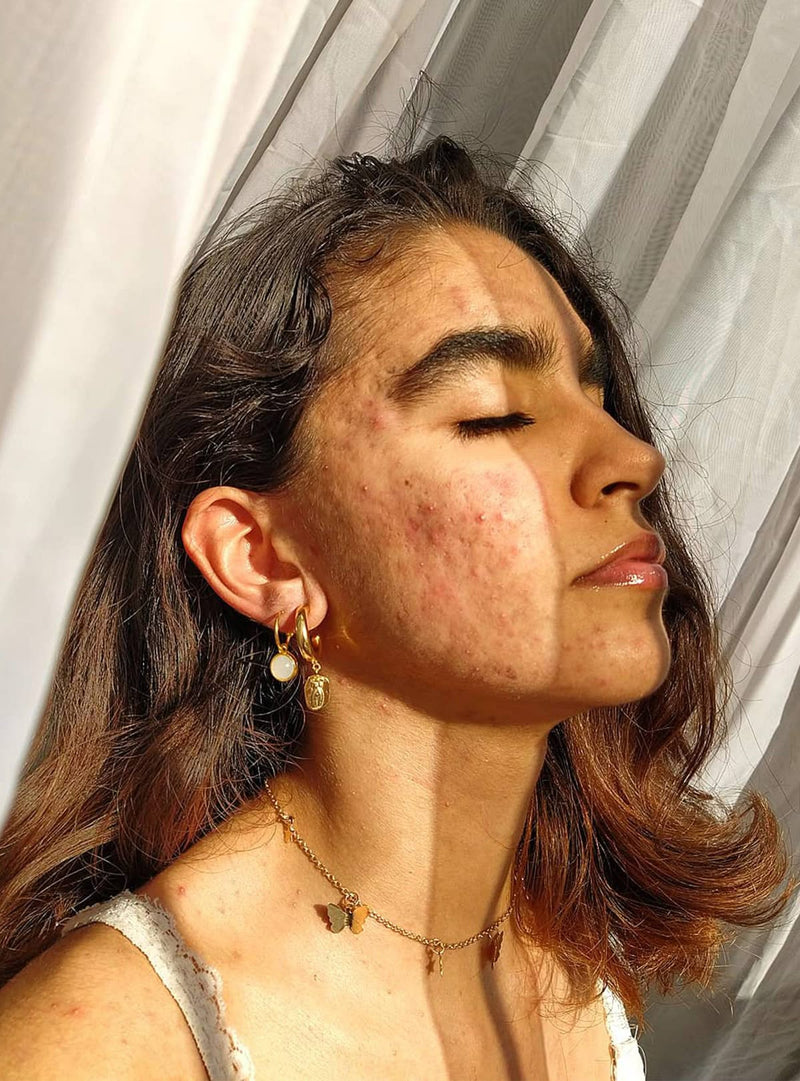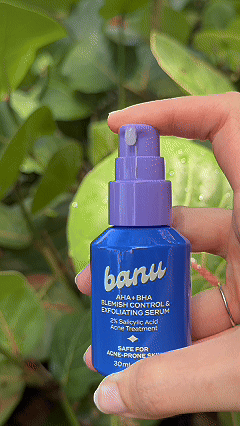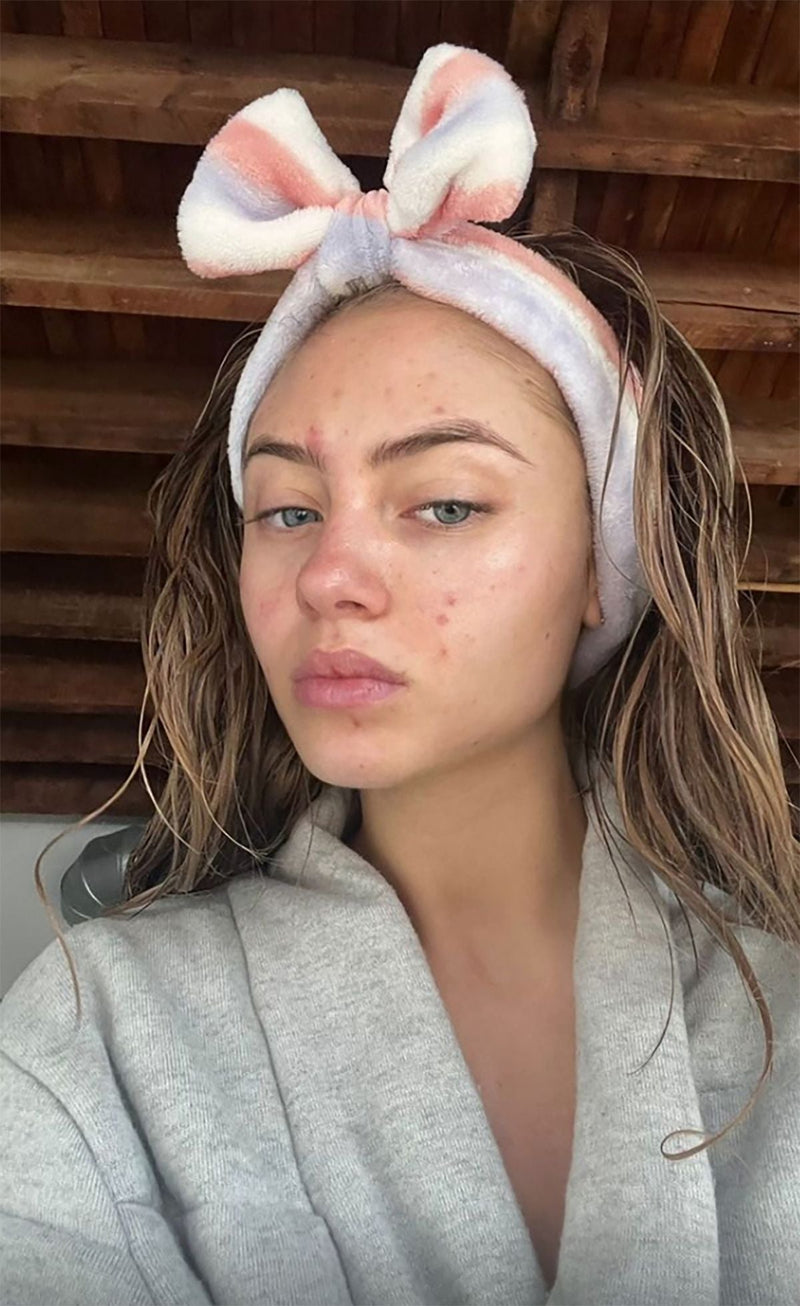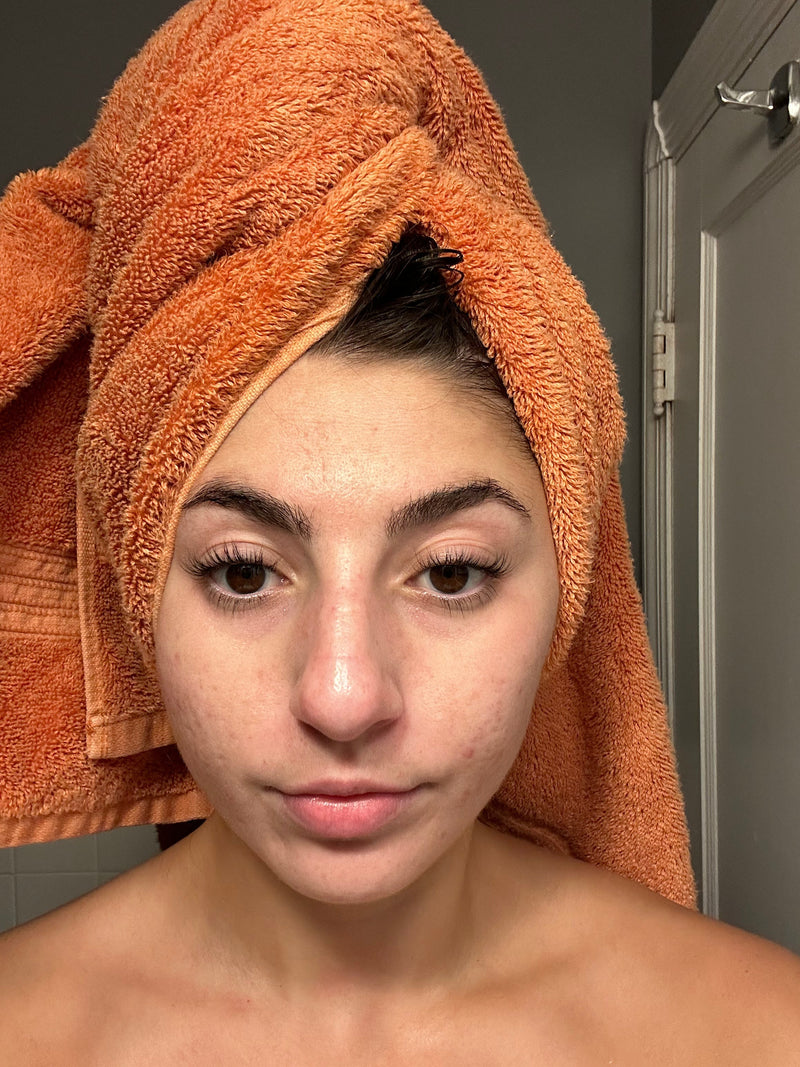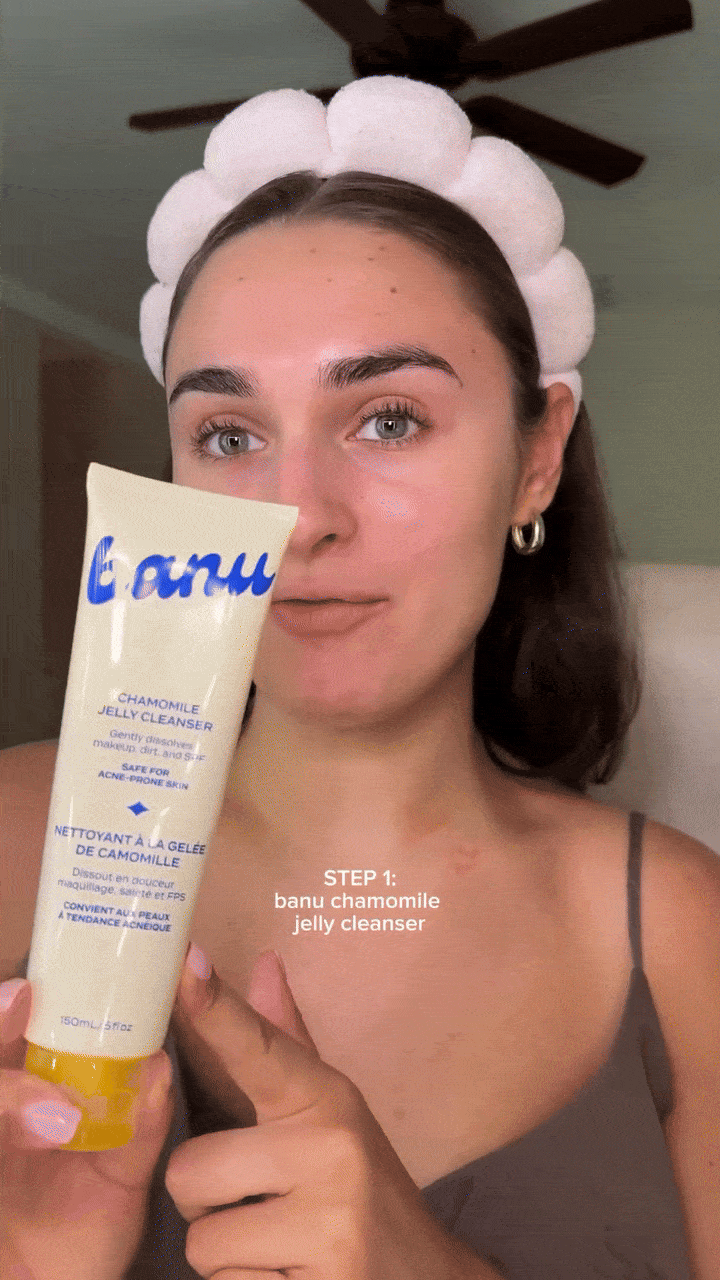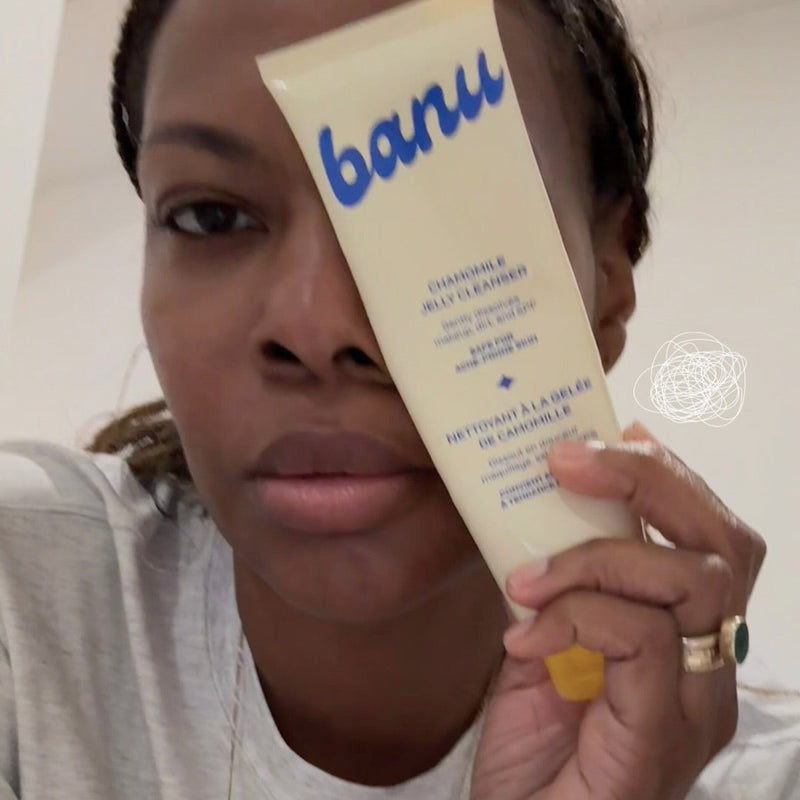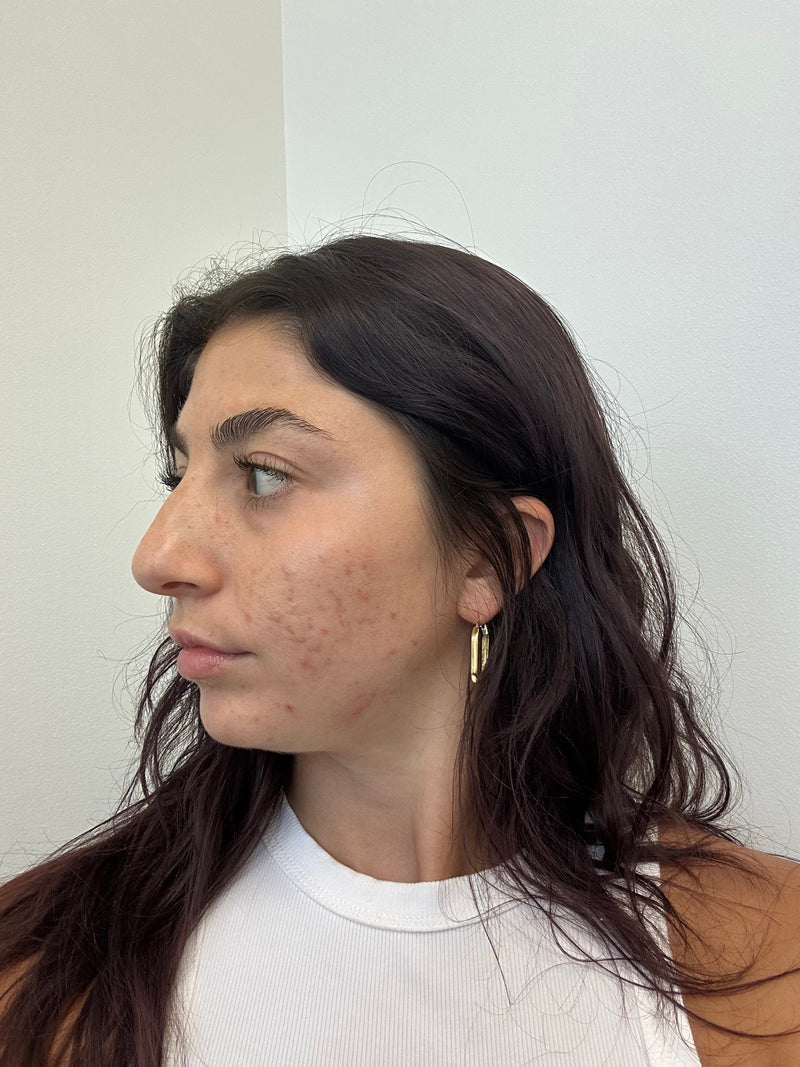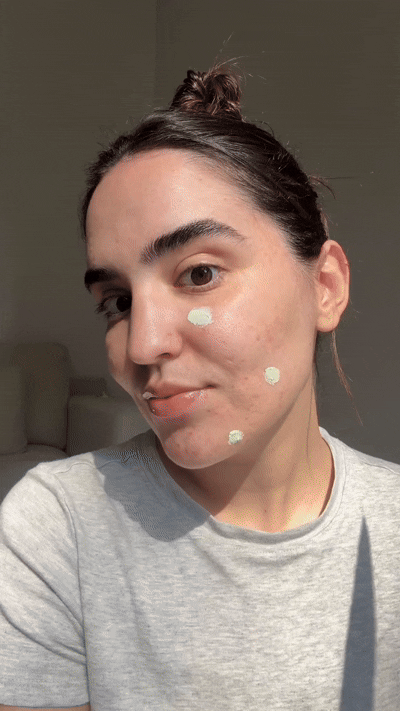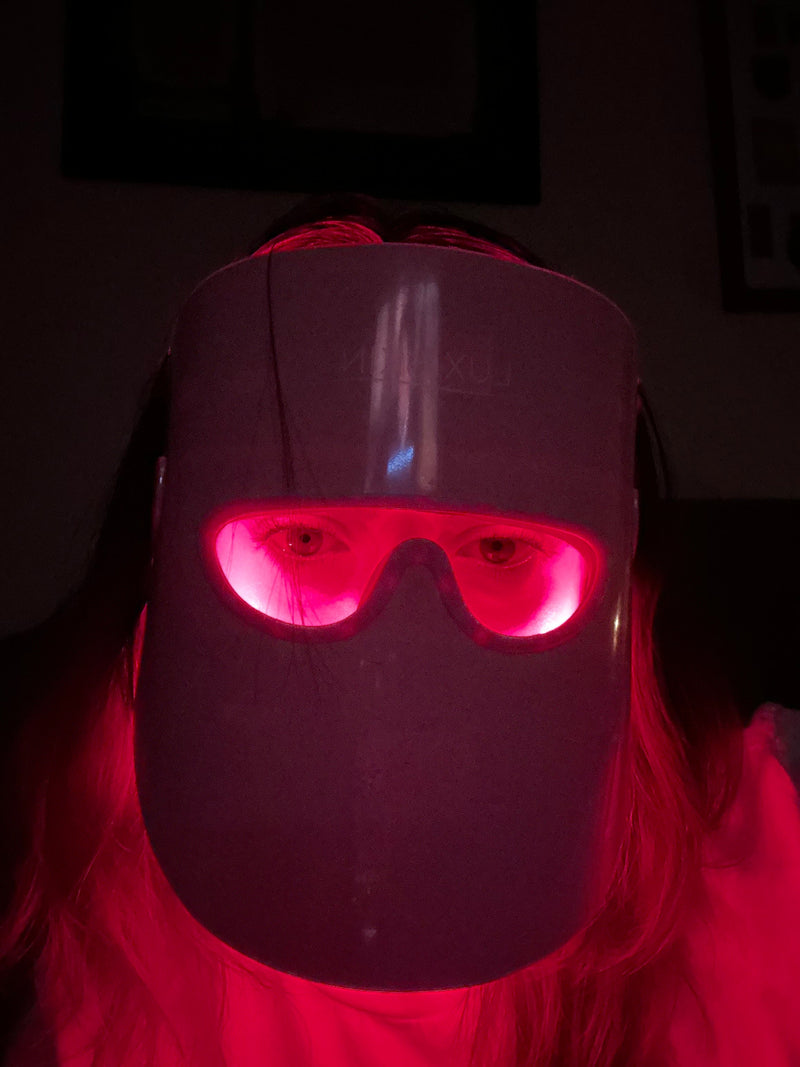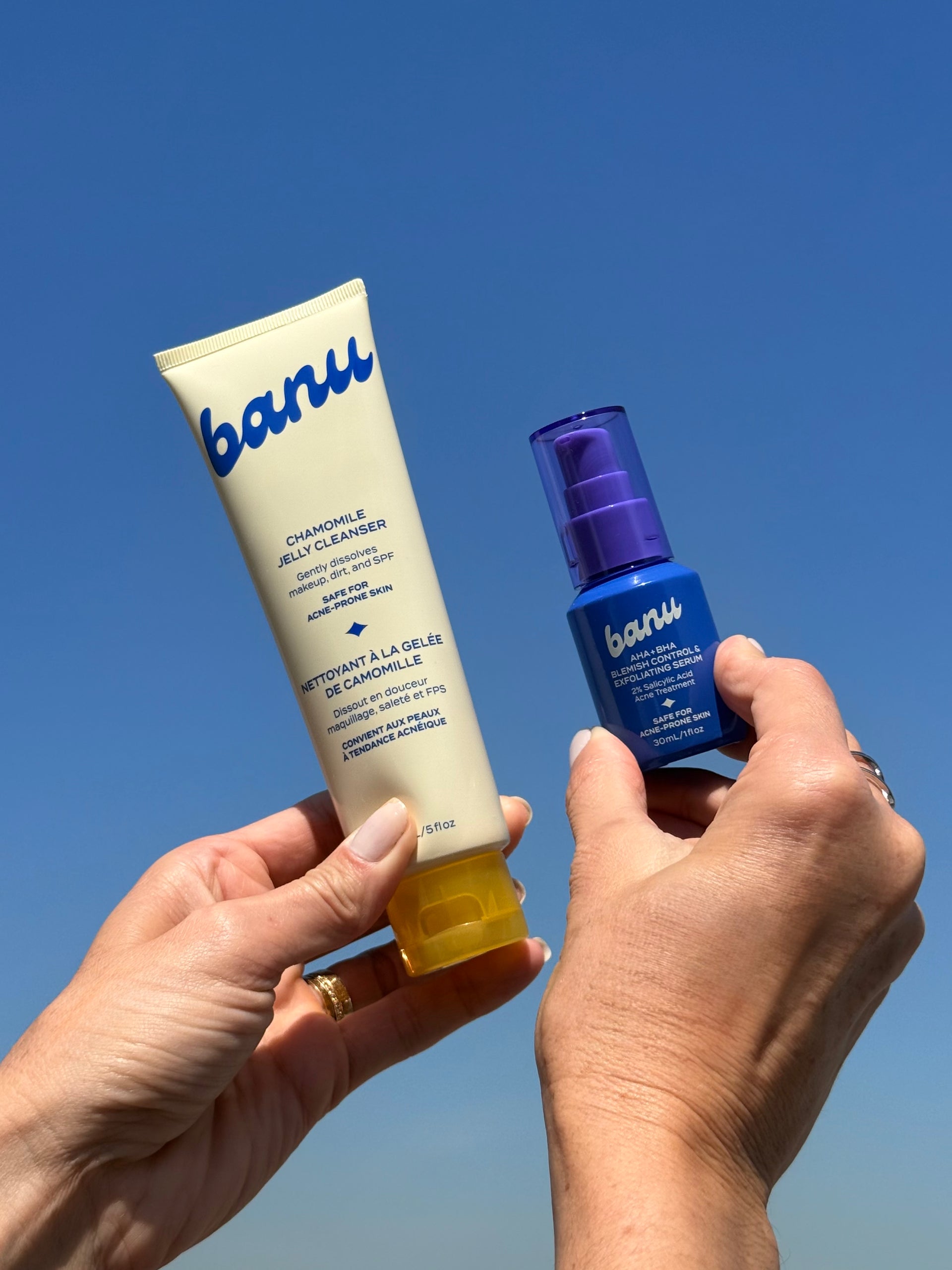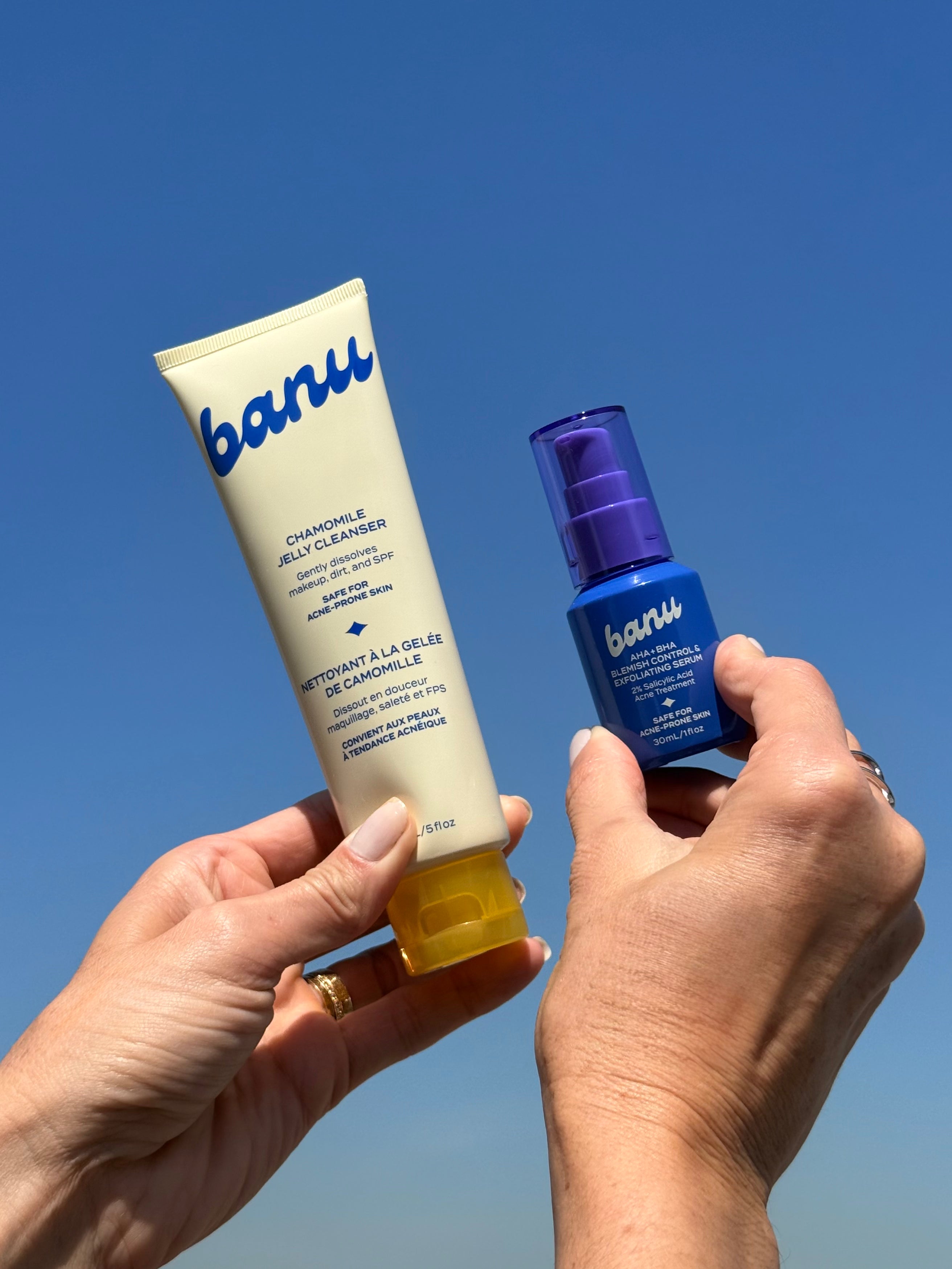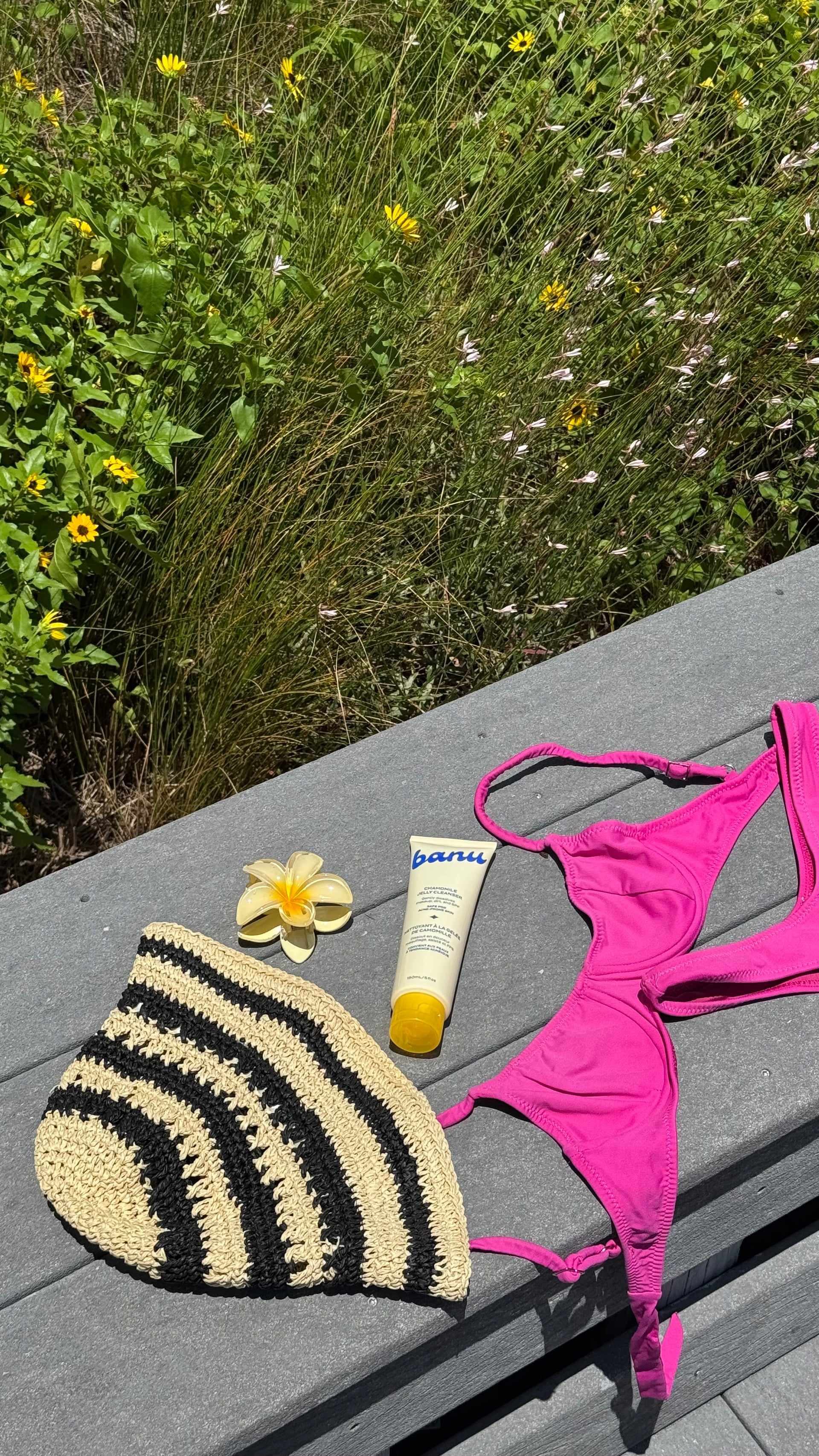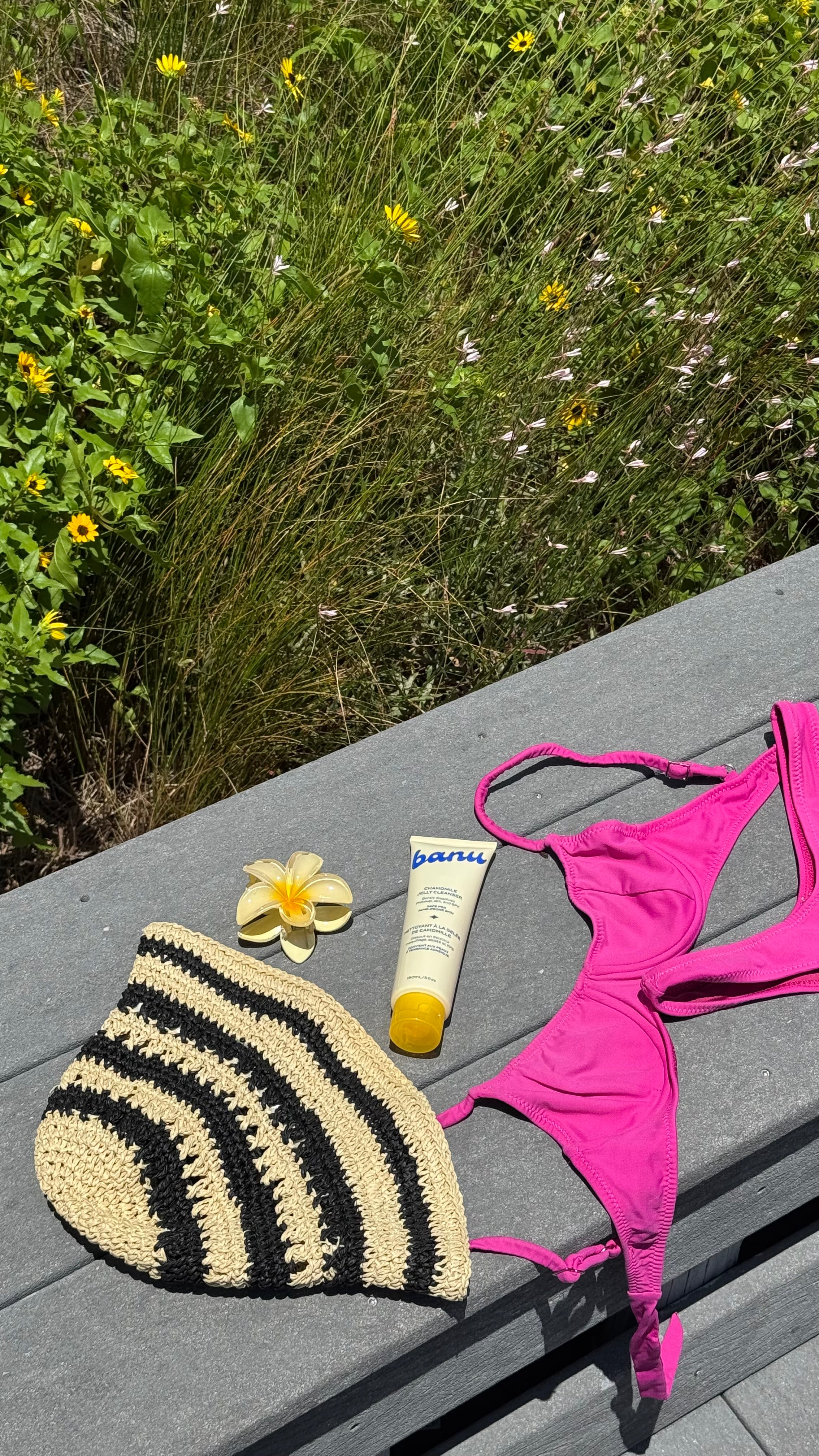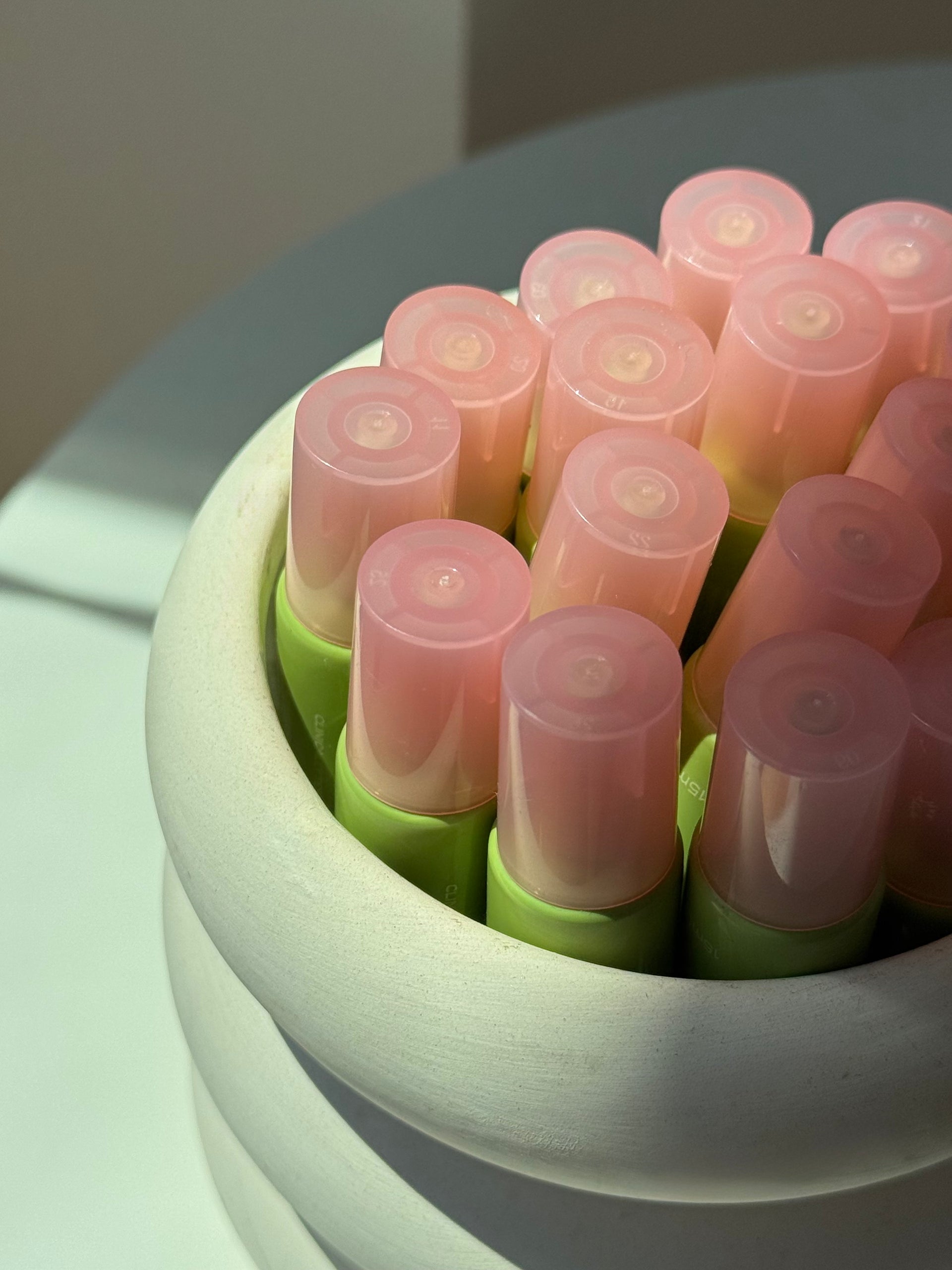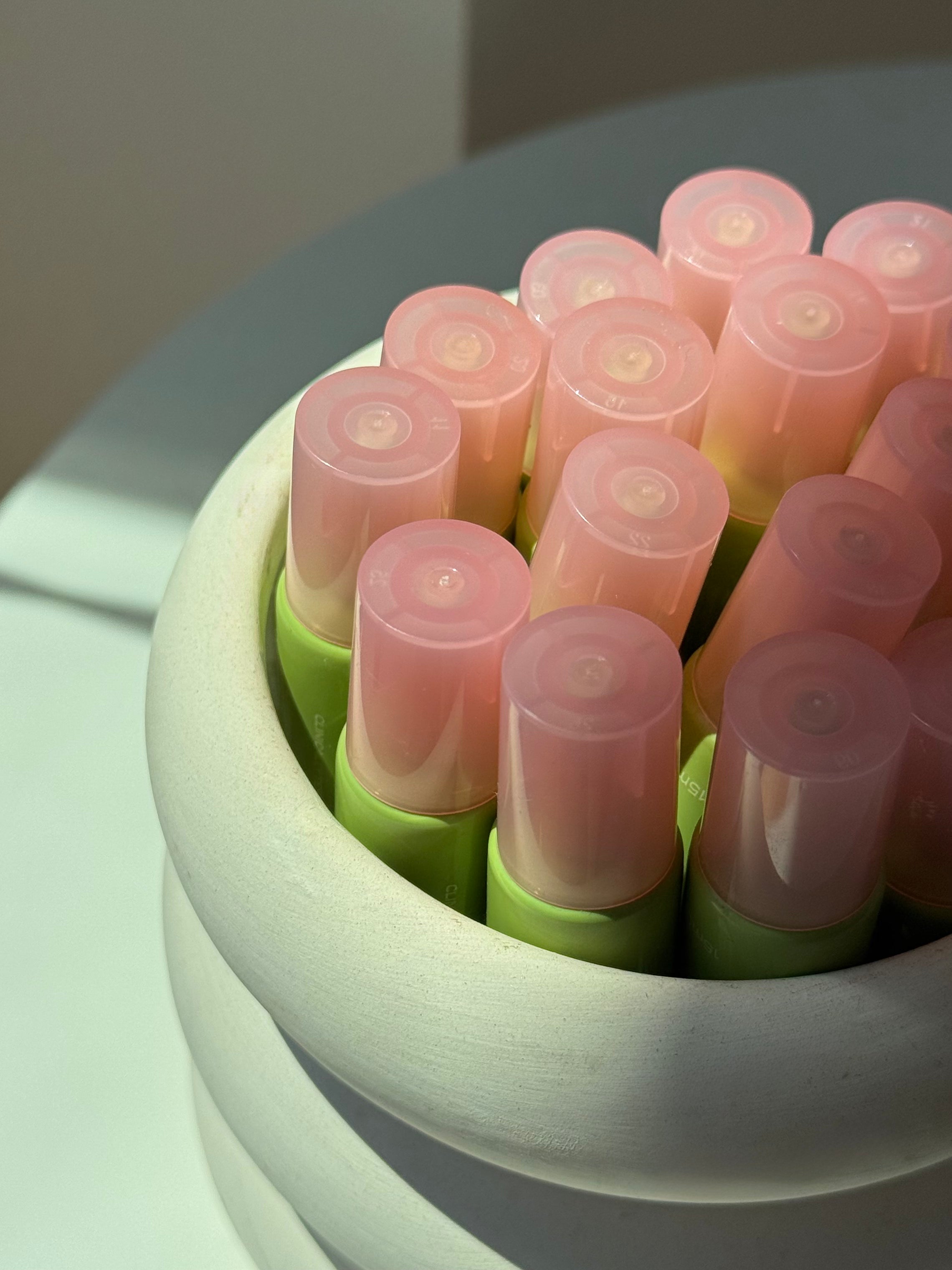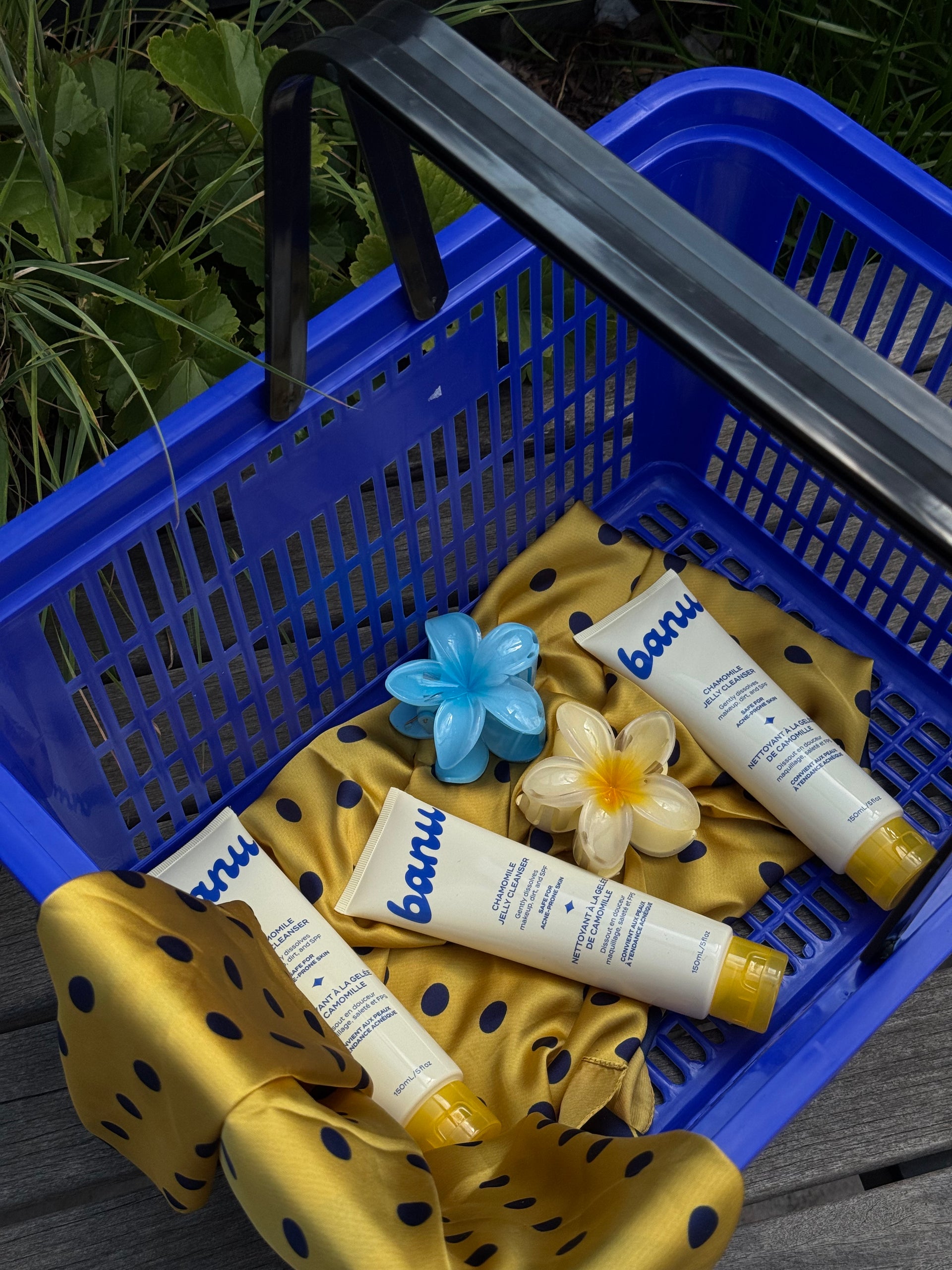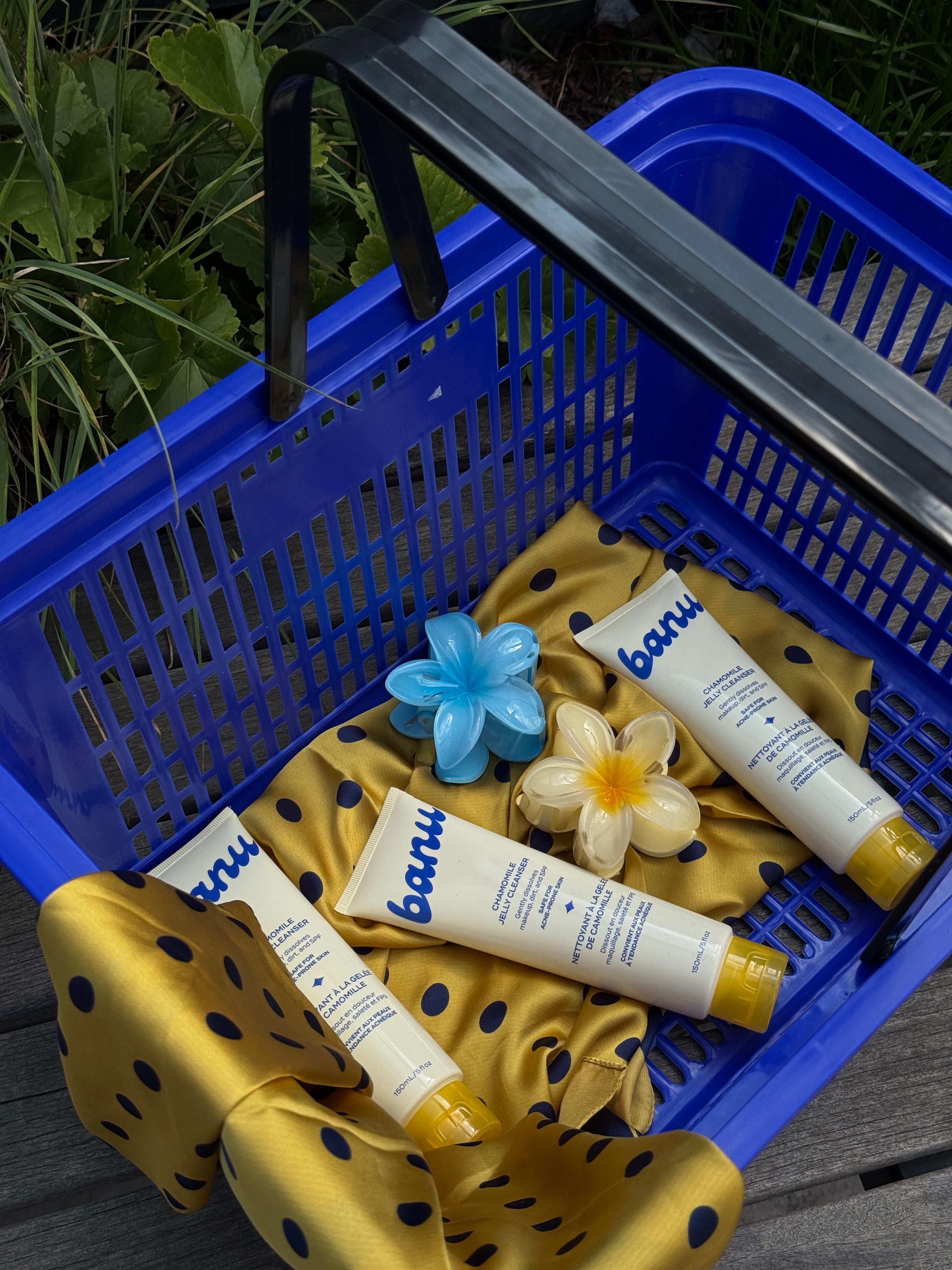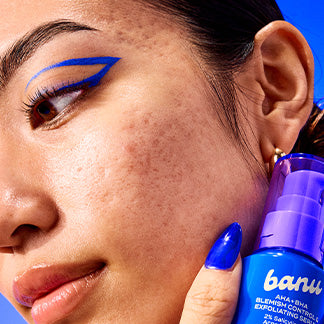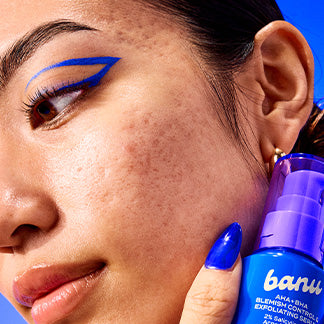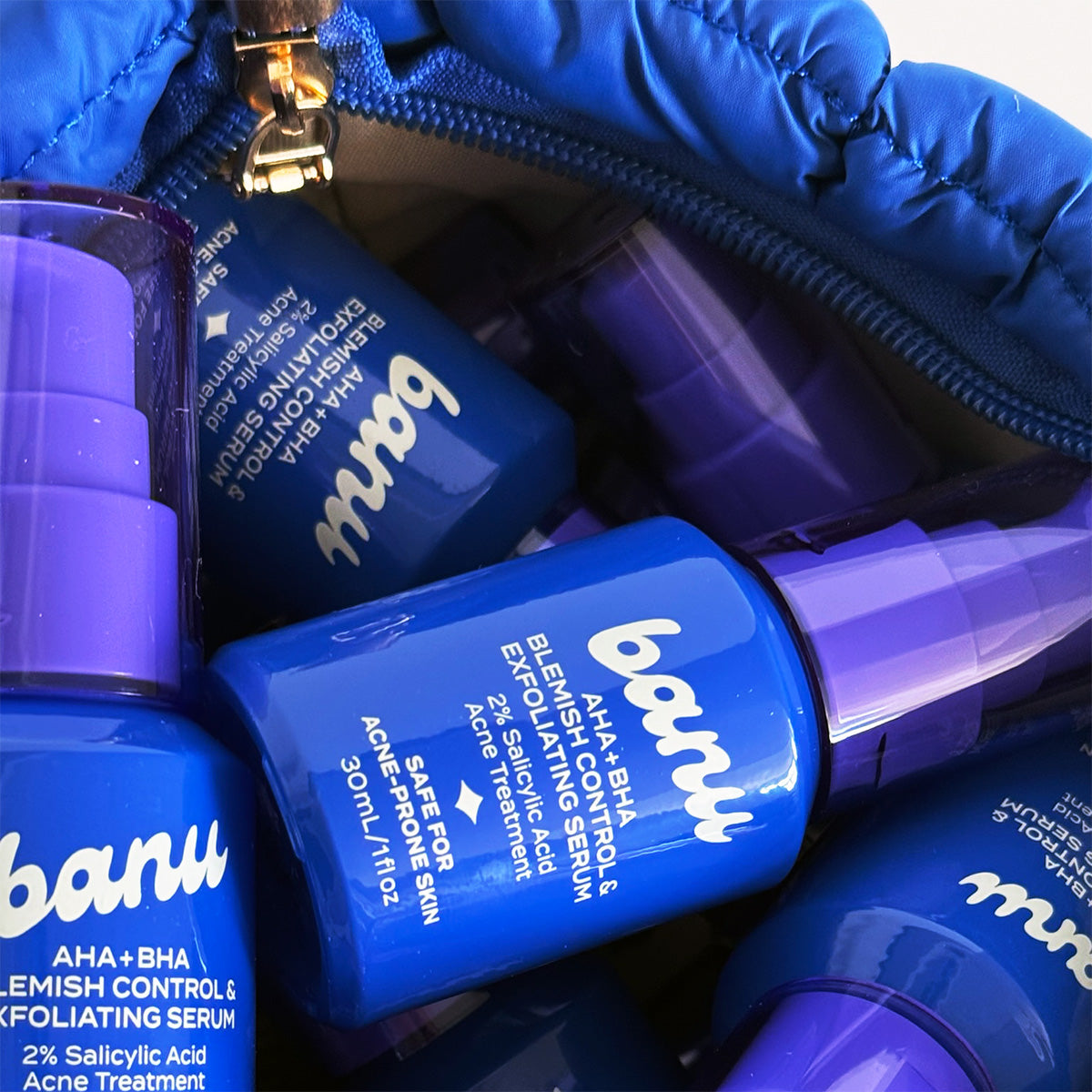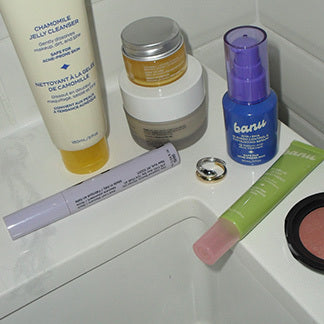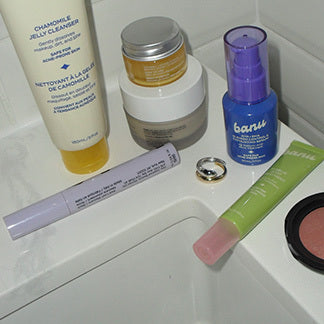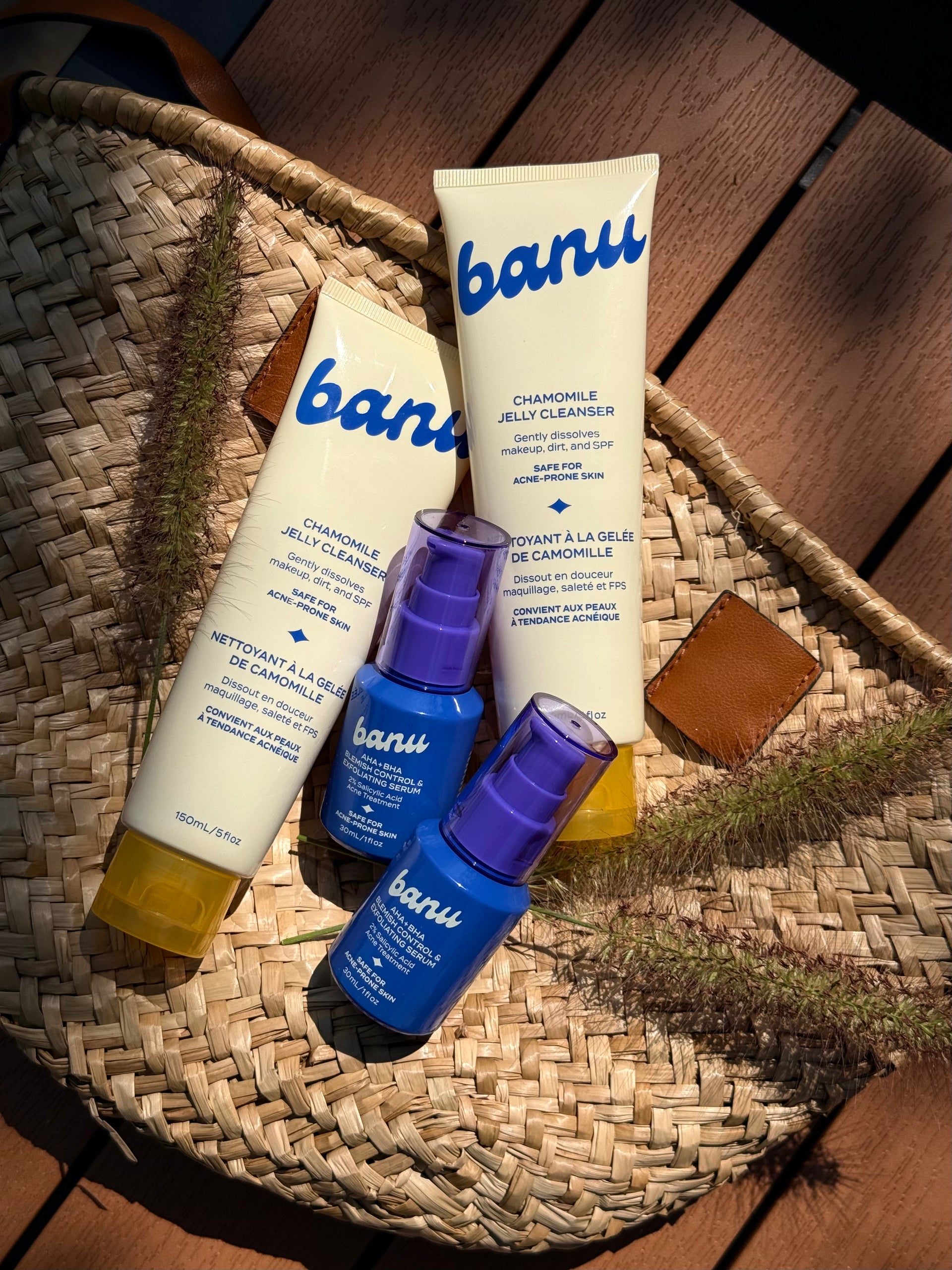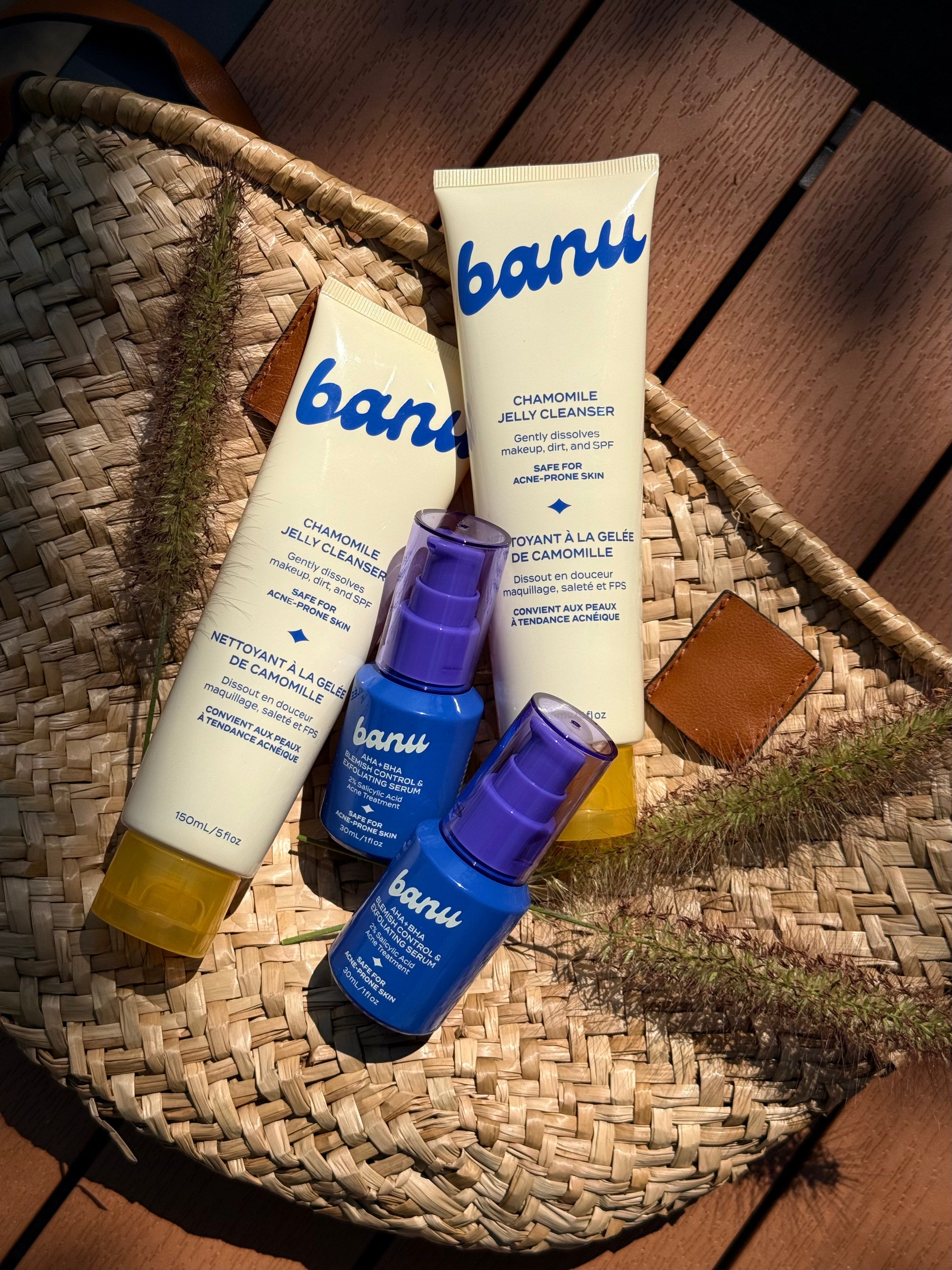Tretinoin 101: What It Is + Why It Matters for Acne-Prone Skin
2 June, 2025
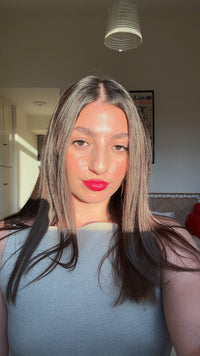
by Jenna Curcio
Tretinoin’s one of those skincare essentials you’ve probably heard a lot about — especially if you’ve spent time in skincare forums, derm offices, or TikTok rabbit holes. It’s a topical retinoid derived from vitamin A, and it’s a legit go-to from dermatologists for treating acne, fading dark spots, and boosting collagen production over time.
But here’s the catch: not all tretinoin is created equal. And if you’re acne-prone, it’s key to talk to your healthcare provider about getting on an acne-safe version early.
Why Acne-Safe Formulations Are Non-Negotiable
Some tretinoin creams come loaded with pore-clogging fillers — like isopropyl myristate — that can lowkey make things worse. To avoid that, ask your dermatologist for a gel formula or a version that’s specifically made for acne-prone skin.
Look for:
-
Gel-based formulas (Retin-A Gel, Altreno, or generic tretinoin gel)
-
Ingredient lists free from known comedogens
-
Anything labeled or tested as acne-safe
Getting the right formula from the jump can help you skip the drama (like unnecessary purging) and see results faster.
Start Low, Go Slow
Your healthcare provider might start you on 0.025% tretinoin, especially if you’ve got sensitive skin or you’re just starting out. Stronger strengths like 0.05% or 0.1% exist, but you’ll want to work up to those gradually, and they usually require a prescription anyway.
Quick tips:
-
Use it 2-3x a week at first so your skin can adjust
-
Only apply to dry skin (moisture + tret = irritation)
-
A pea-sized amount is plenty for your whole face (trust us here)
-
Always wear SPF, no exceptions
-
Skip harsh exfoliants until your skin acclimates
Benefits of Topical Tretinoin for Acne + Skin Texture
Used consistently, topical tretinoin can:
-
Clear up acne by keeping pores unclogged
-
Reduce inflammation
-
Even out texture and fade dark spots
-
Encourage collagen production for smoother skin over time
Whether you're dealing with surface-level blackheads or deeper inflamed breakouts, tret helps regulate cell turnover to keep your skin on track.
Pair it with our serum a few nights a week (on non-tretinoin days) for added glow and gentle resurfacing.
Stacking Your Routine: What Not to Mix (Yet)
Until your skin finds its balance, avoid layering tretinoin with other strong actives like:
-
Benzoyl peroxide
-
AHAs or BHAs
-
Physical scrubs
If you need a spot treatment while using tret, our version is a gentler option that won’t clash.
Tretinoin Can Be a Game-Changer — If You Use It Right
Topical tretinoin is powerful, but it’s not a one-night transformation. The key is finding an acne-safe version that works for your skin, building up slowly, and getting support from a healthcare provider who gets it. Add in barrier-friendly products, stay consistent, and you’ll start seeing real progress — without compromising your skin.
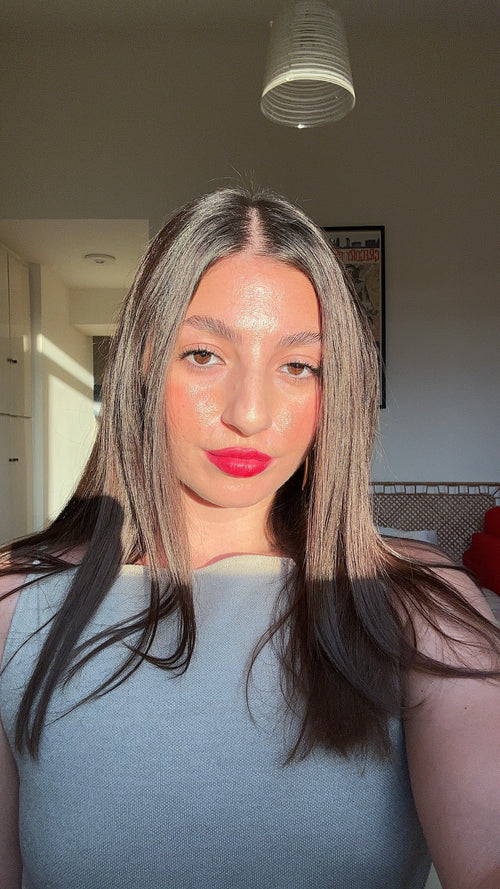
Author
Jenna Curcio
Ciao, I’m Jenna :) I’m a writer and brand strategist with 6+ years of experience telling stories in the beauty world — both professionally and personally. After years of dealing with acne, I know how overwhelming and emotional the skincare journey can be. I’m here to make it feel a little less confusing and a lot more human.



